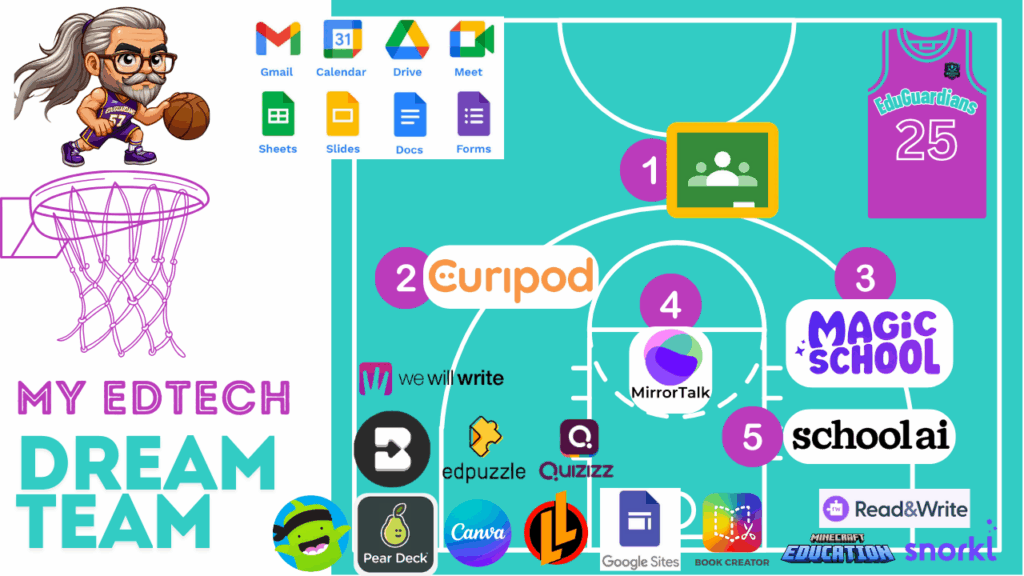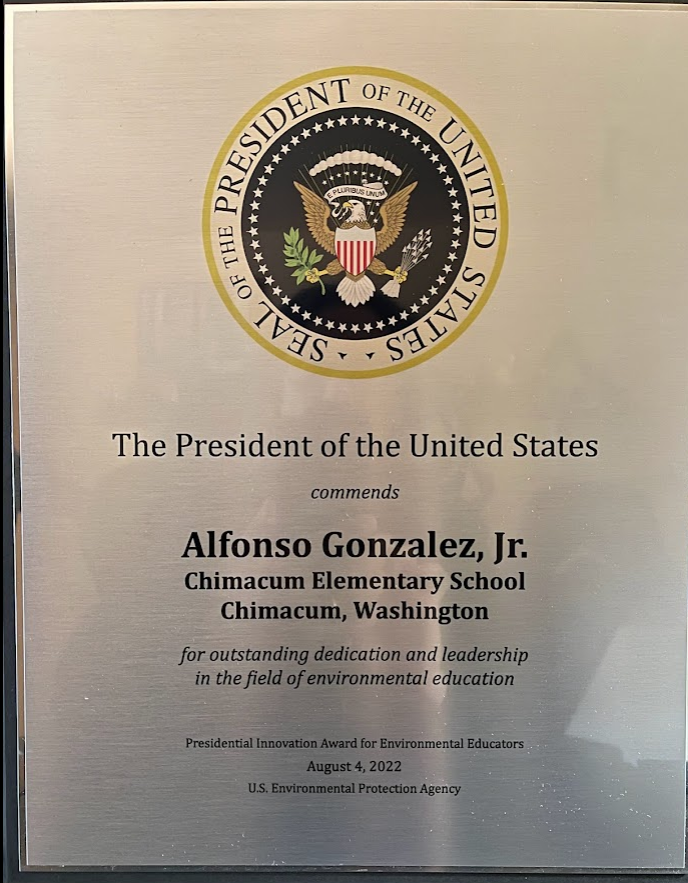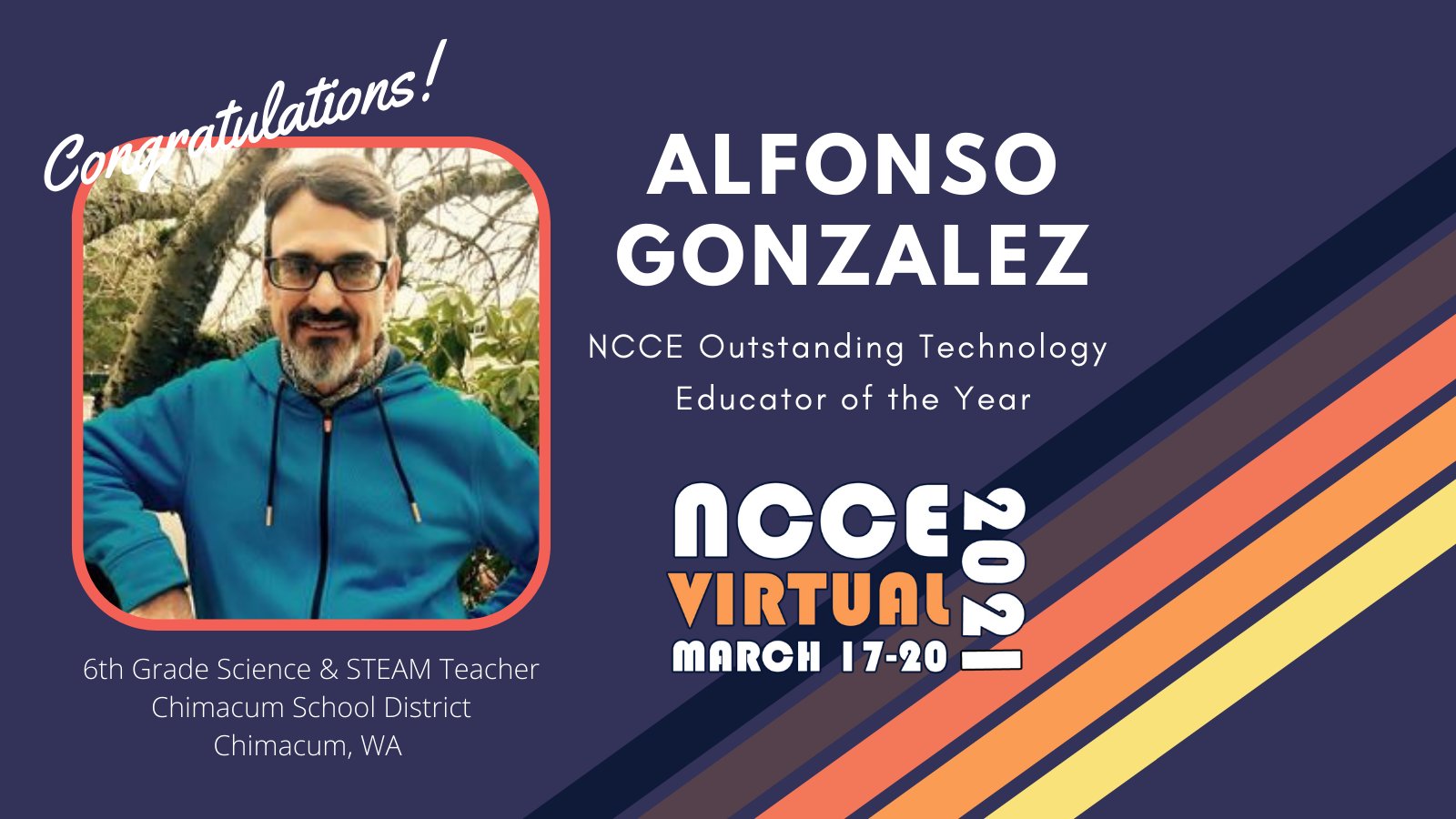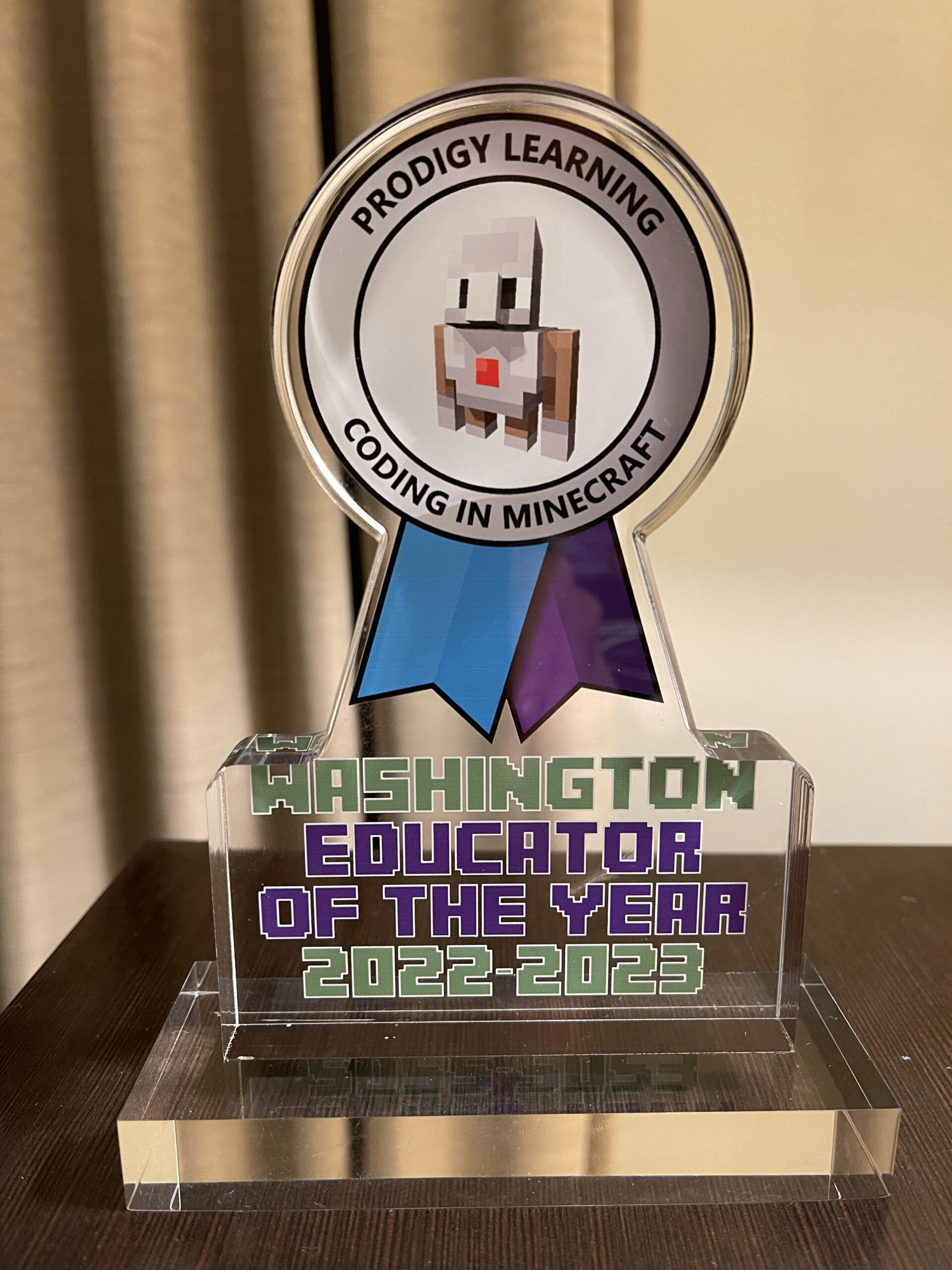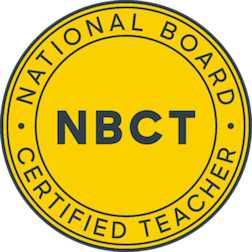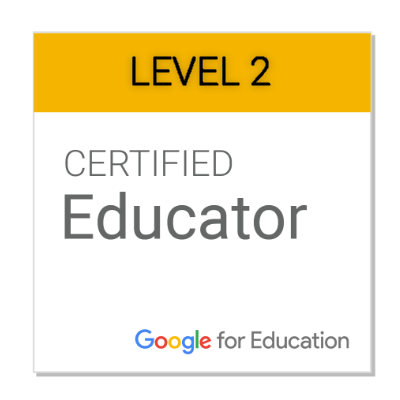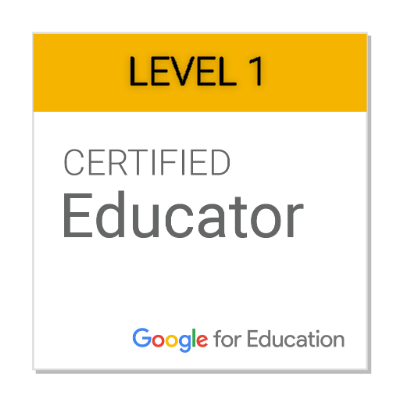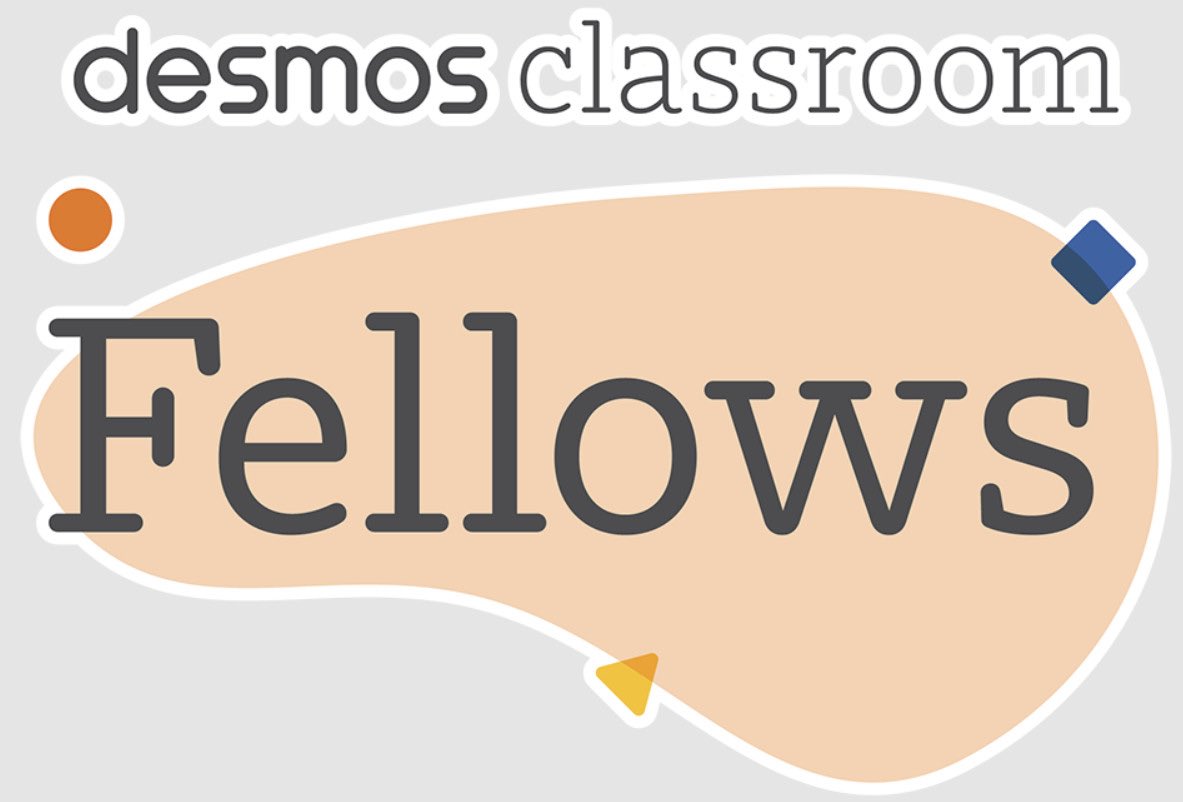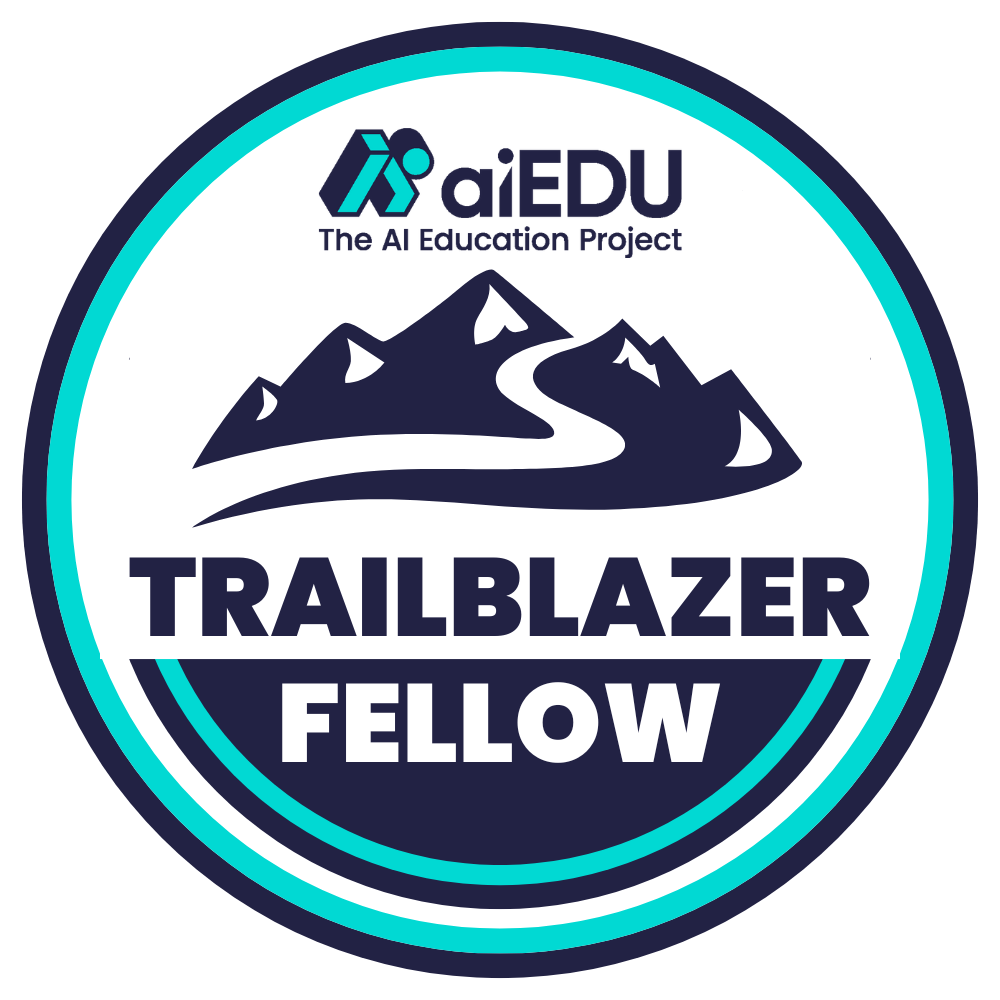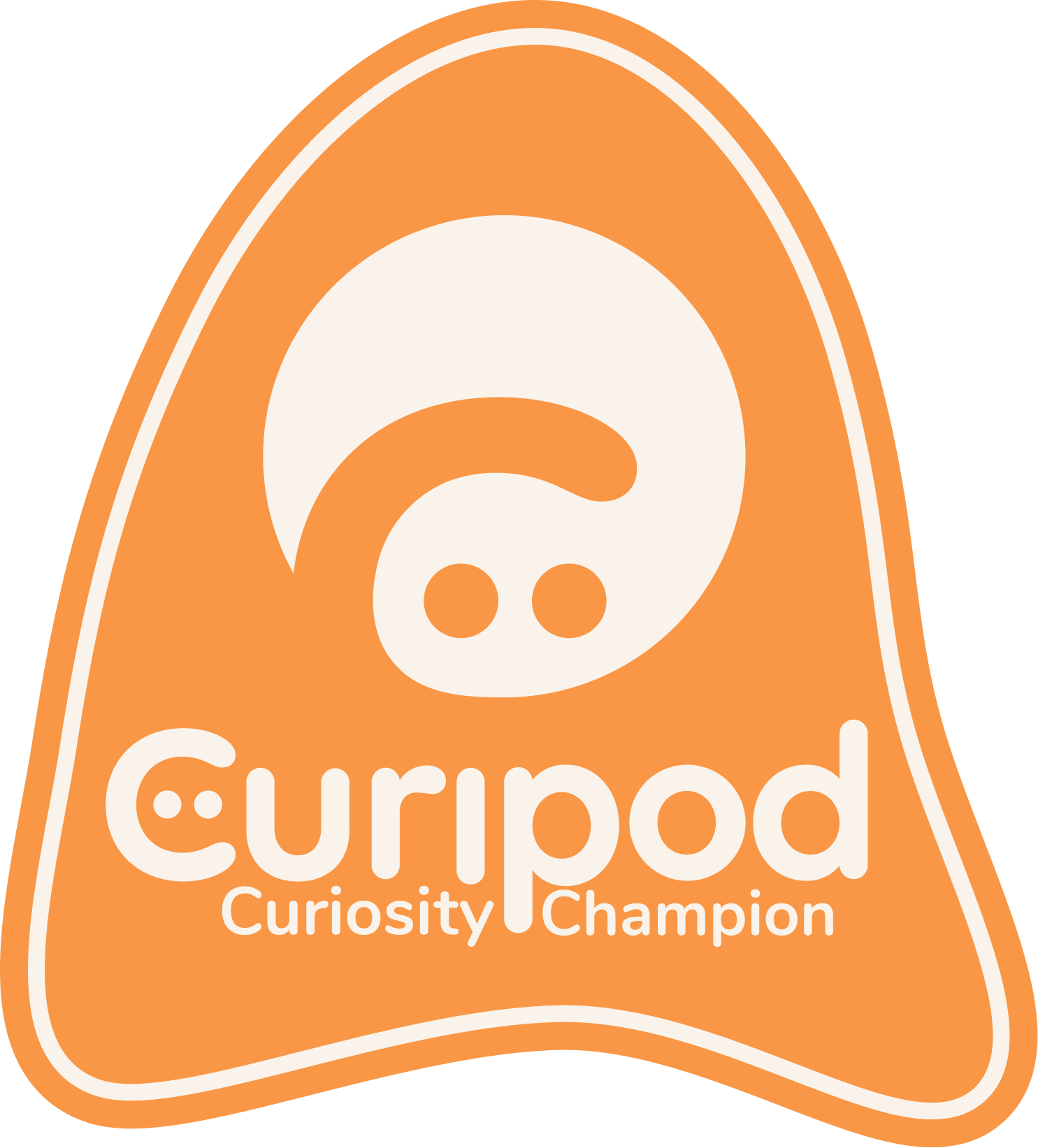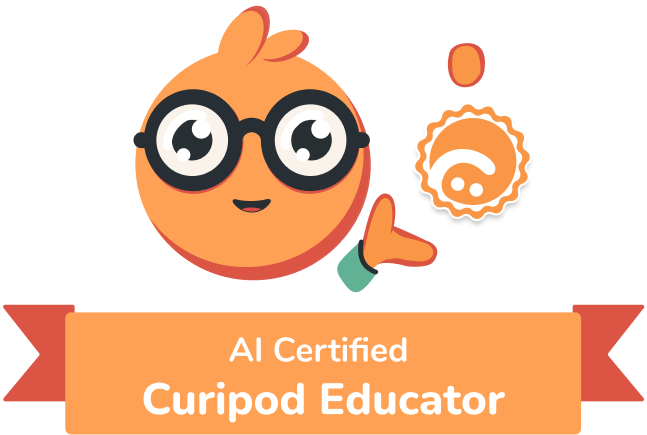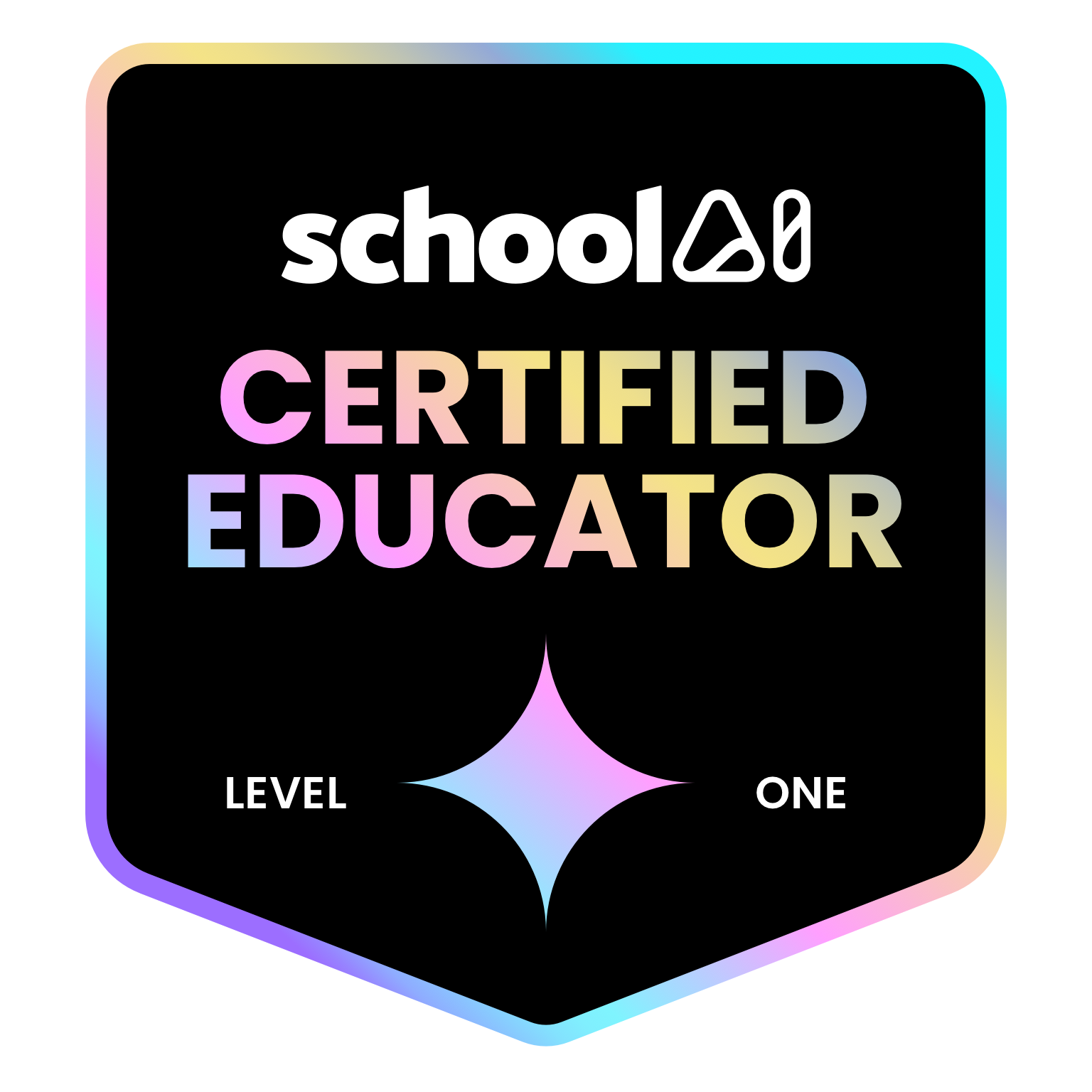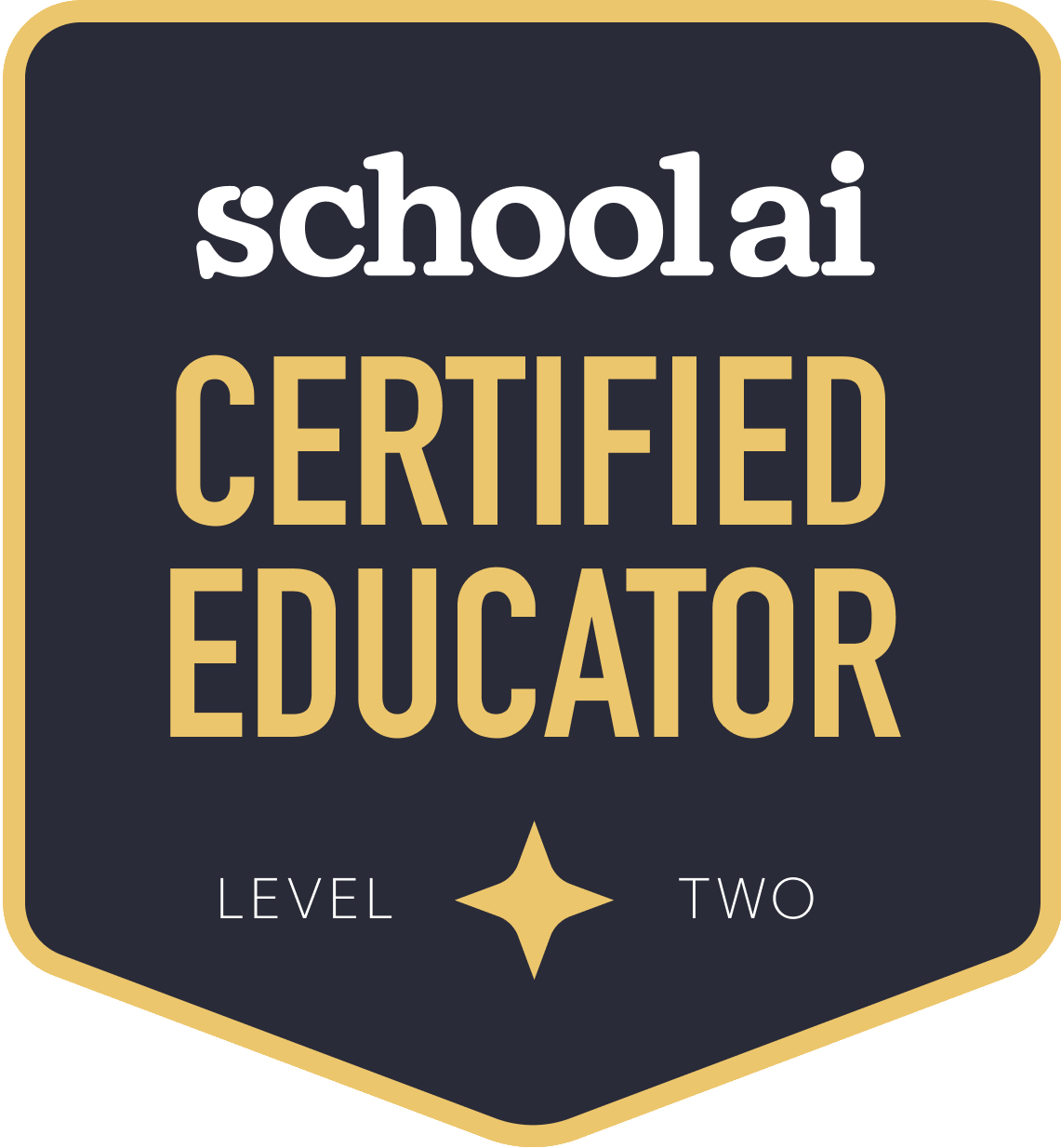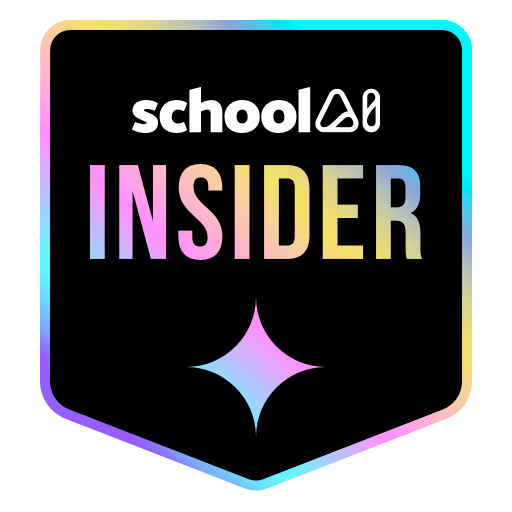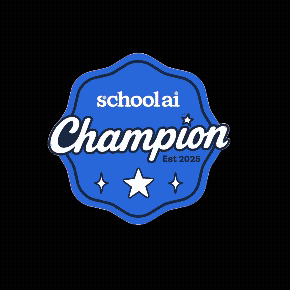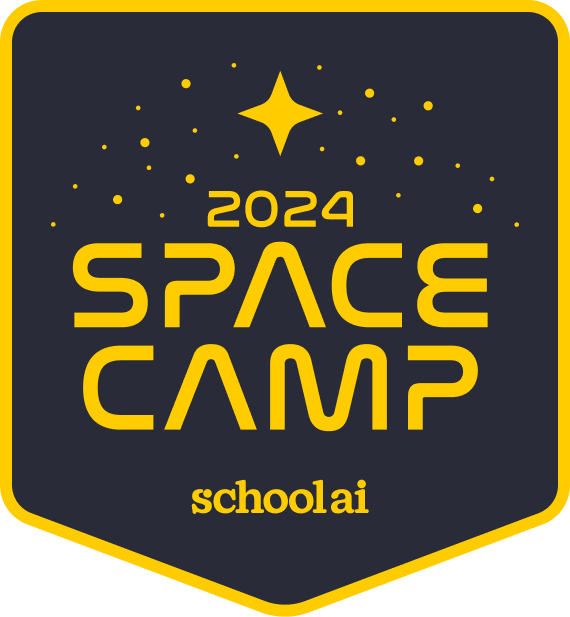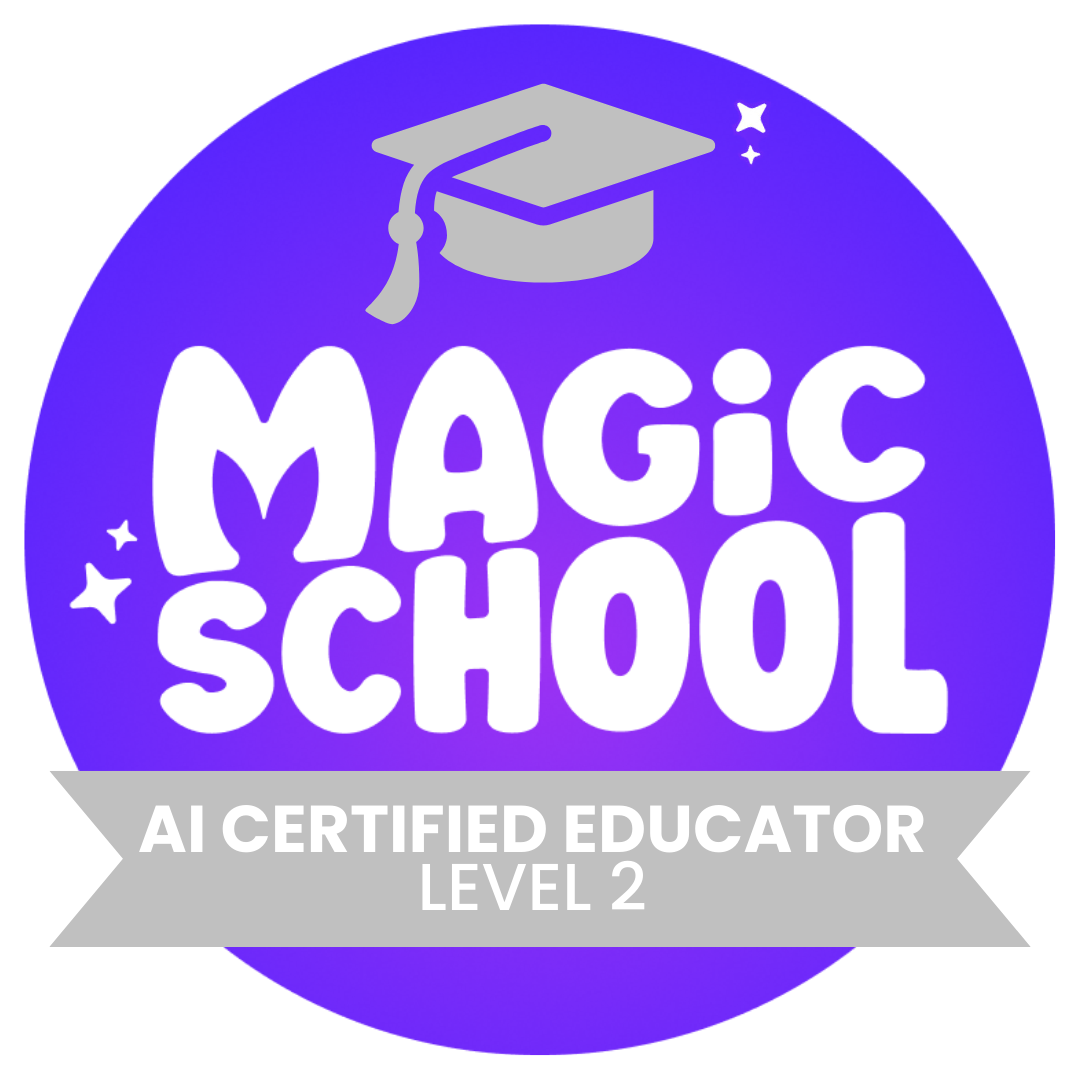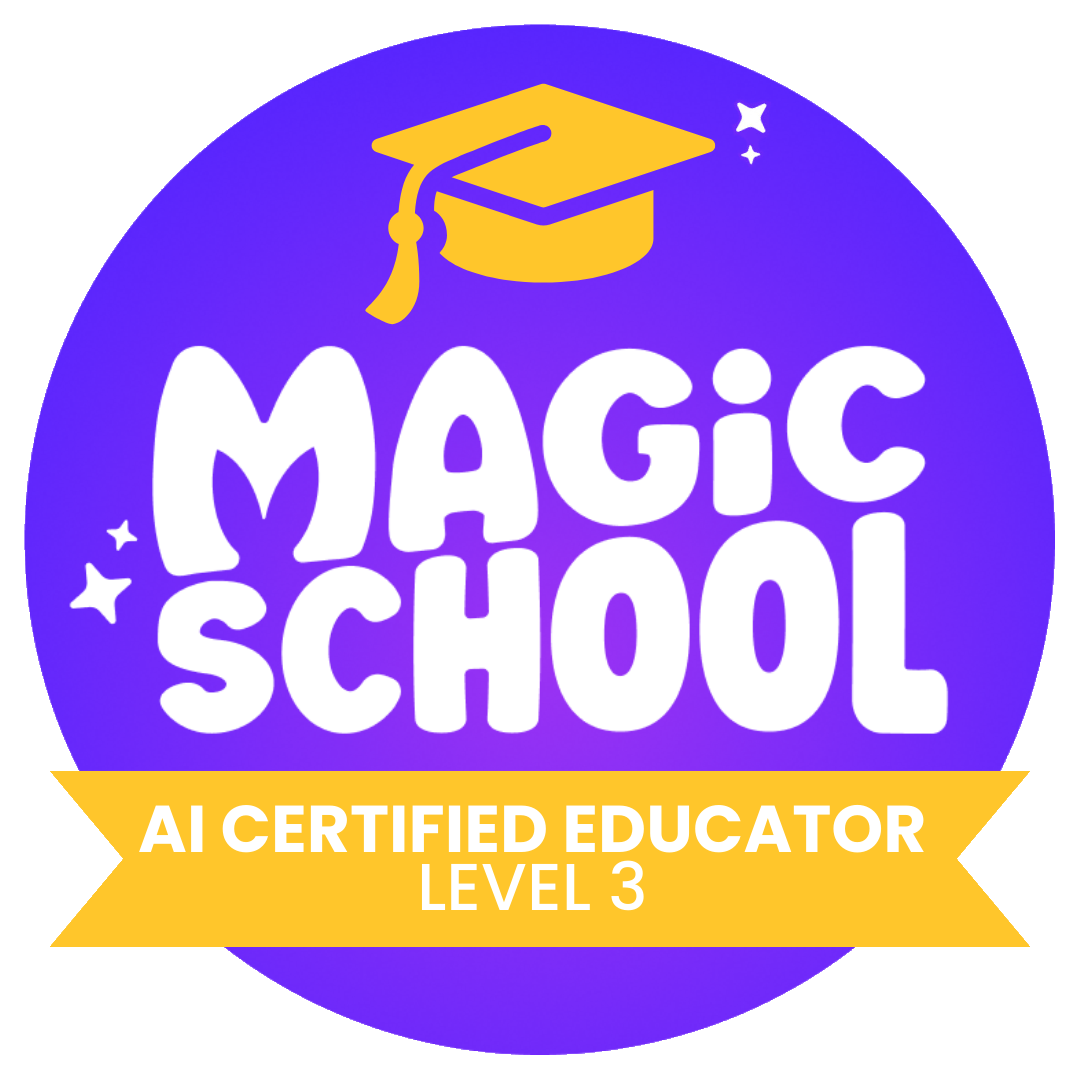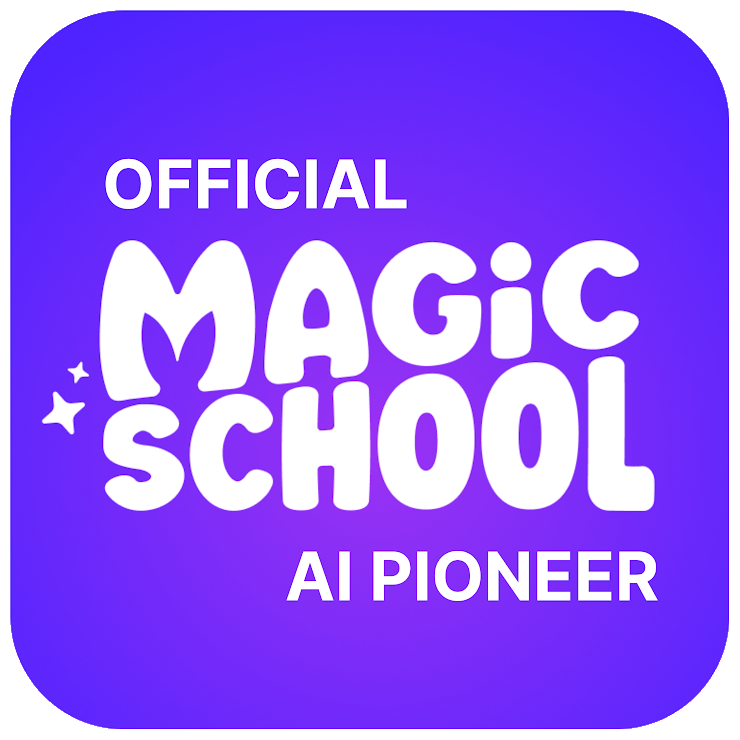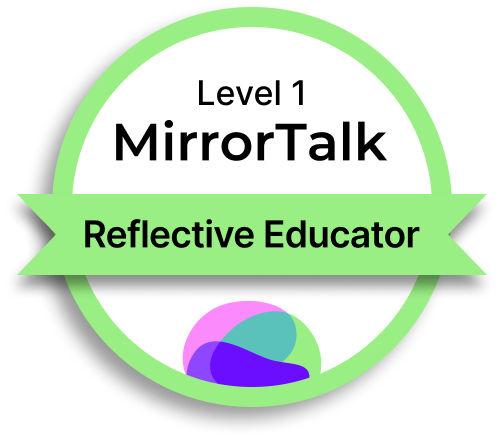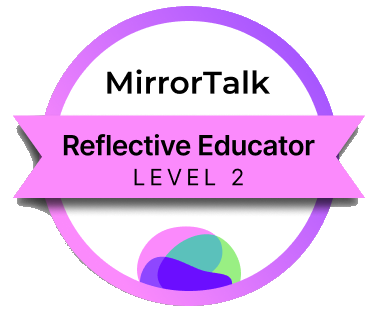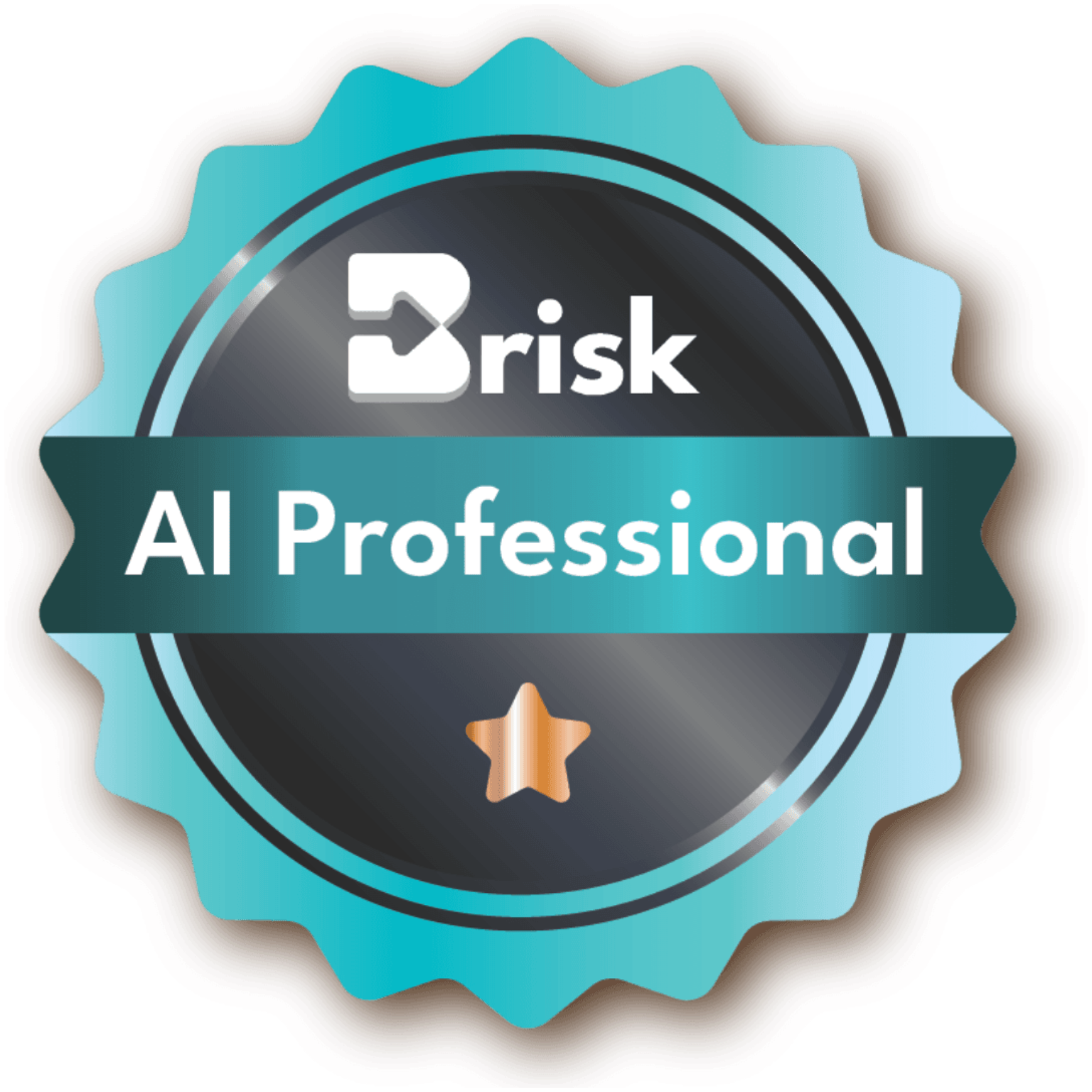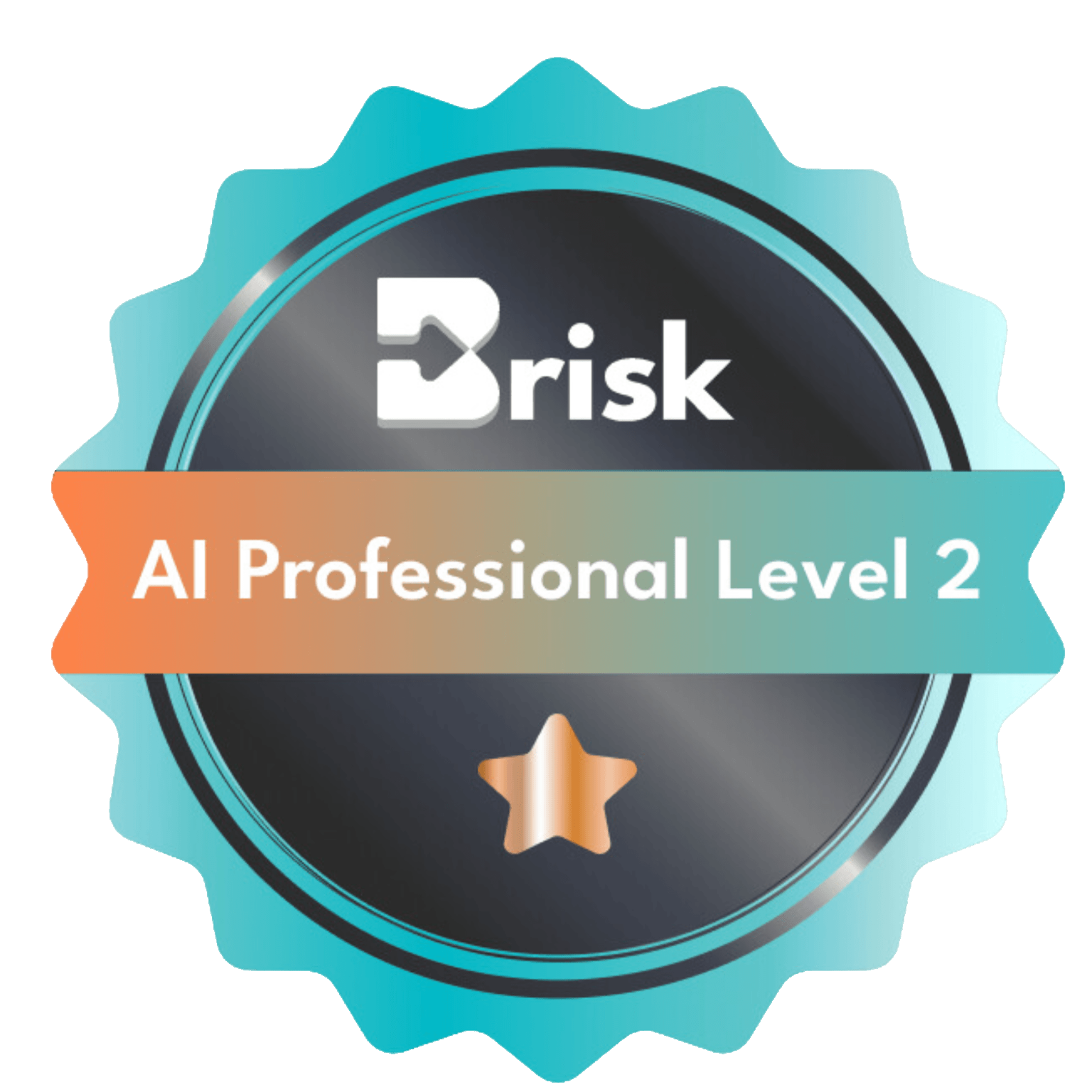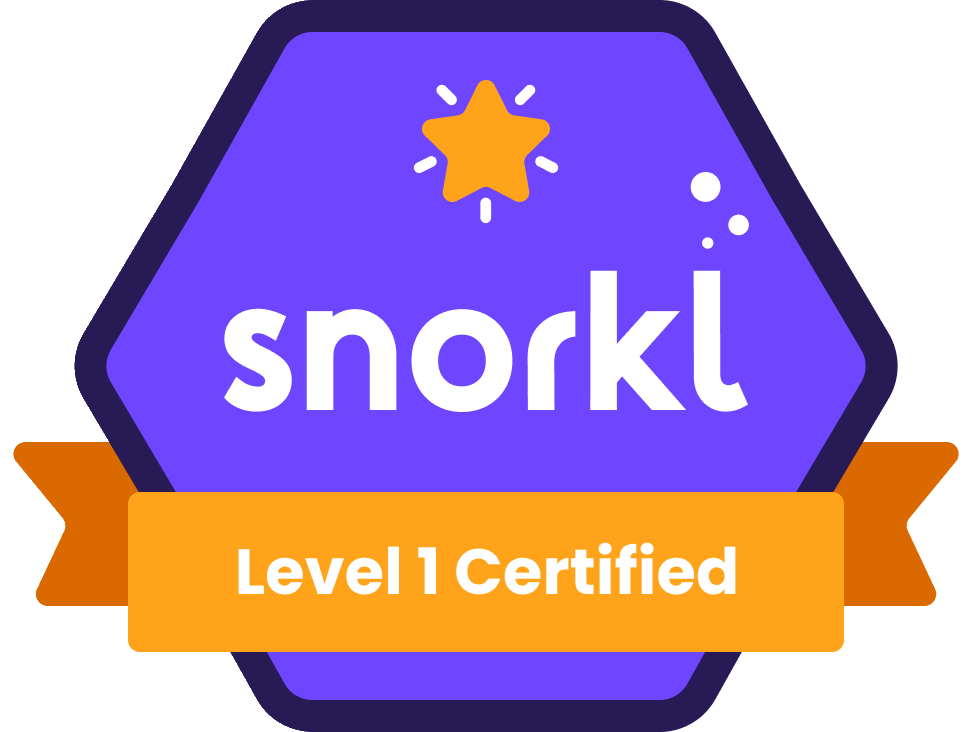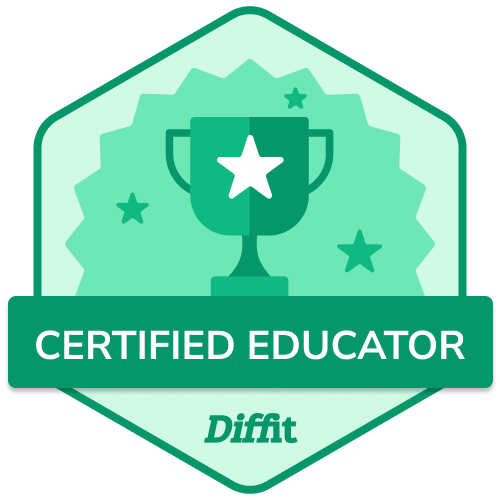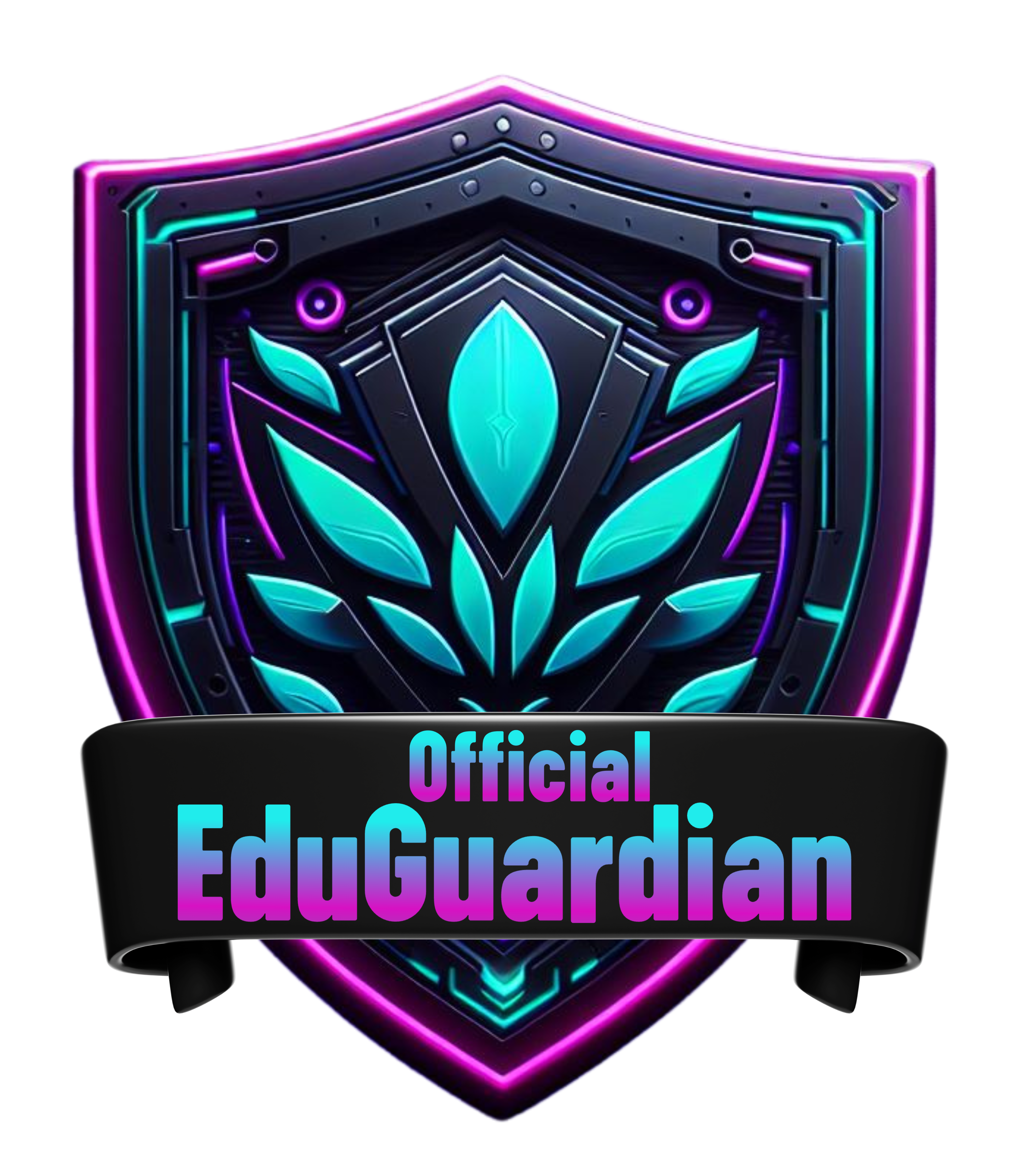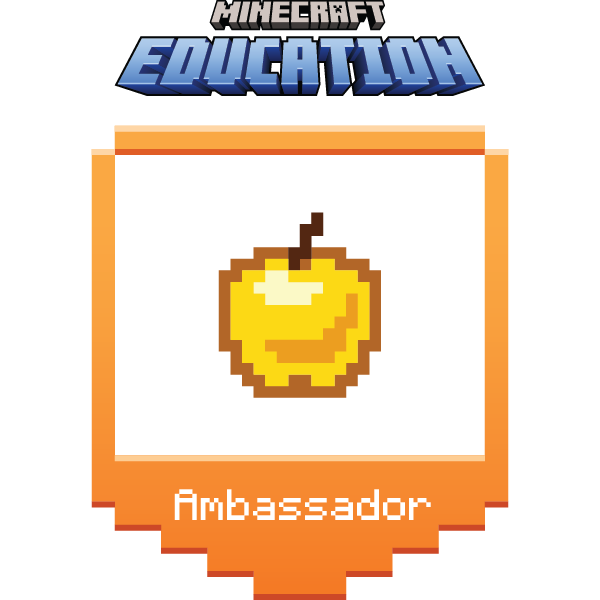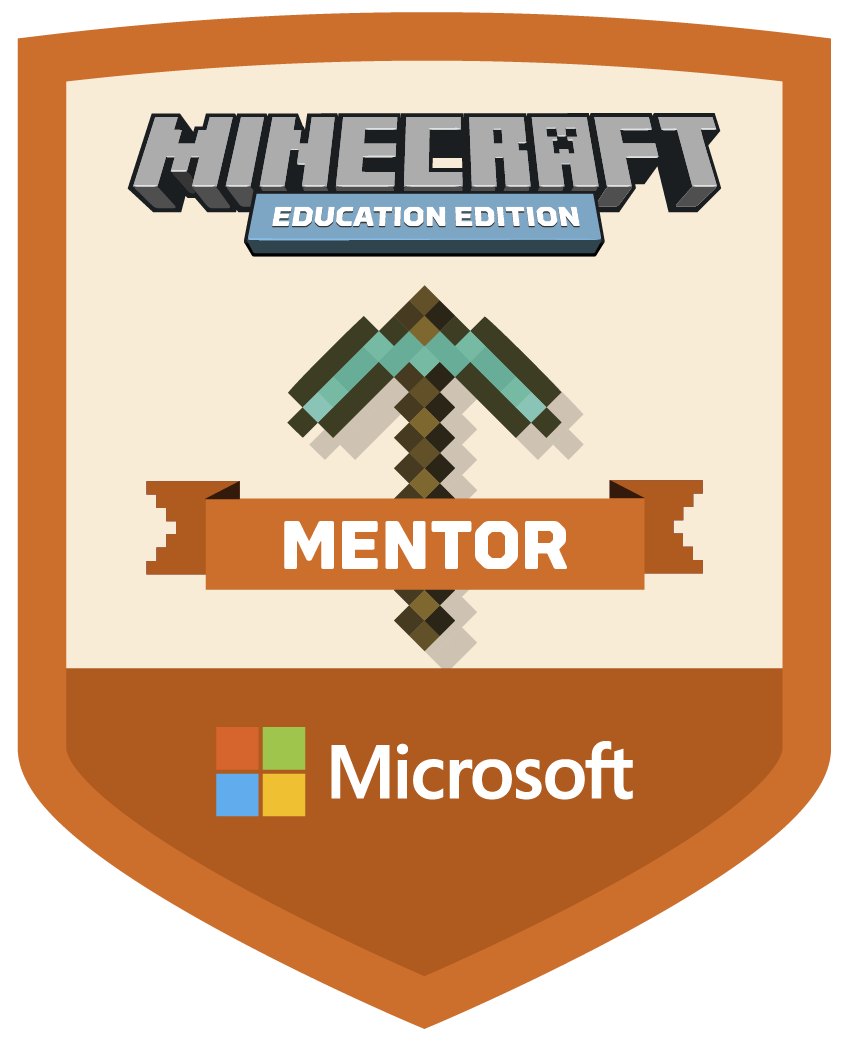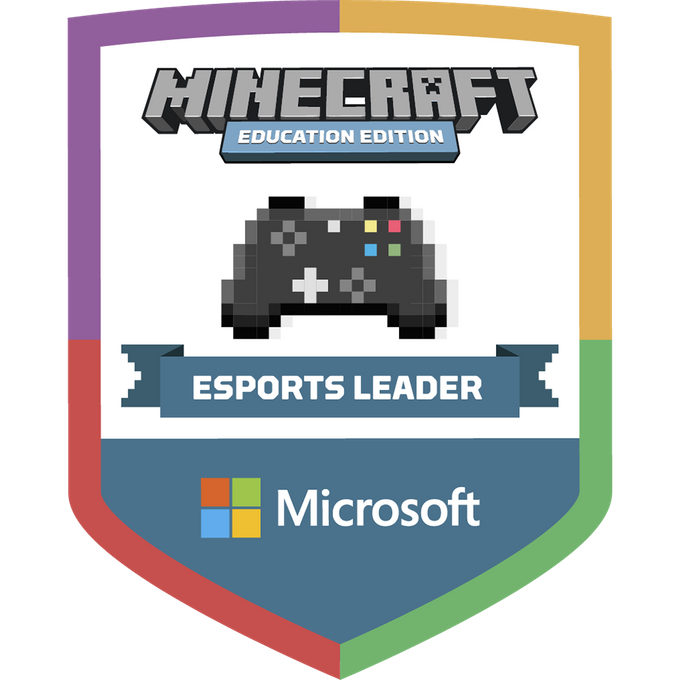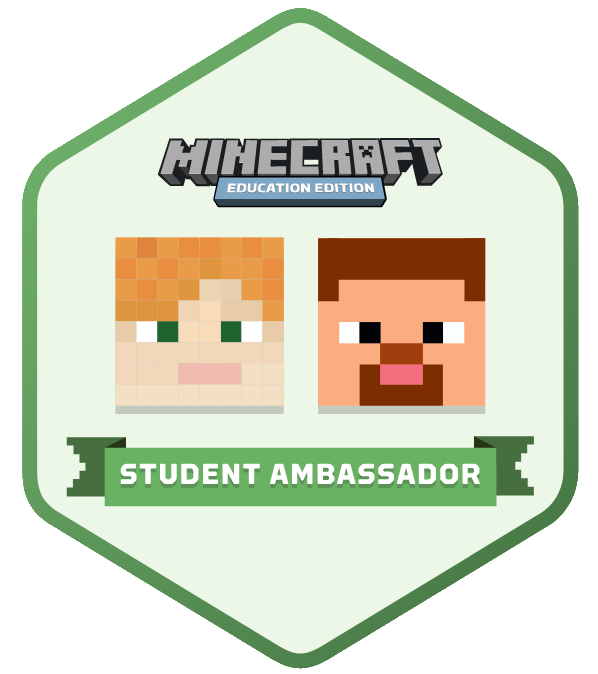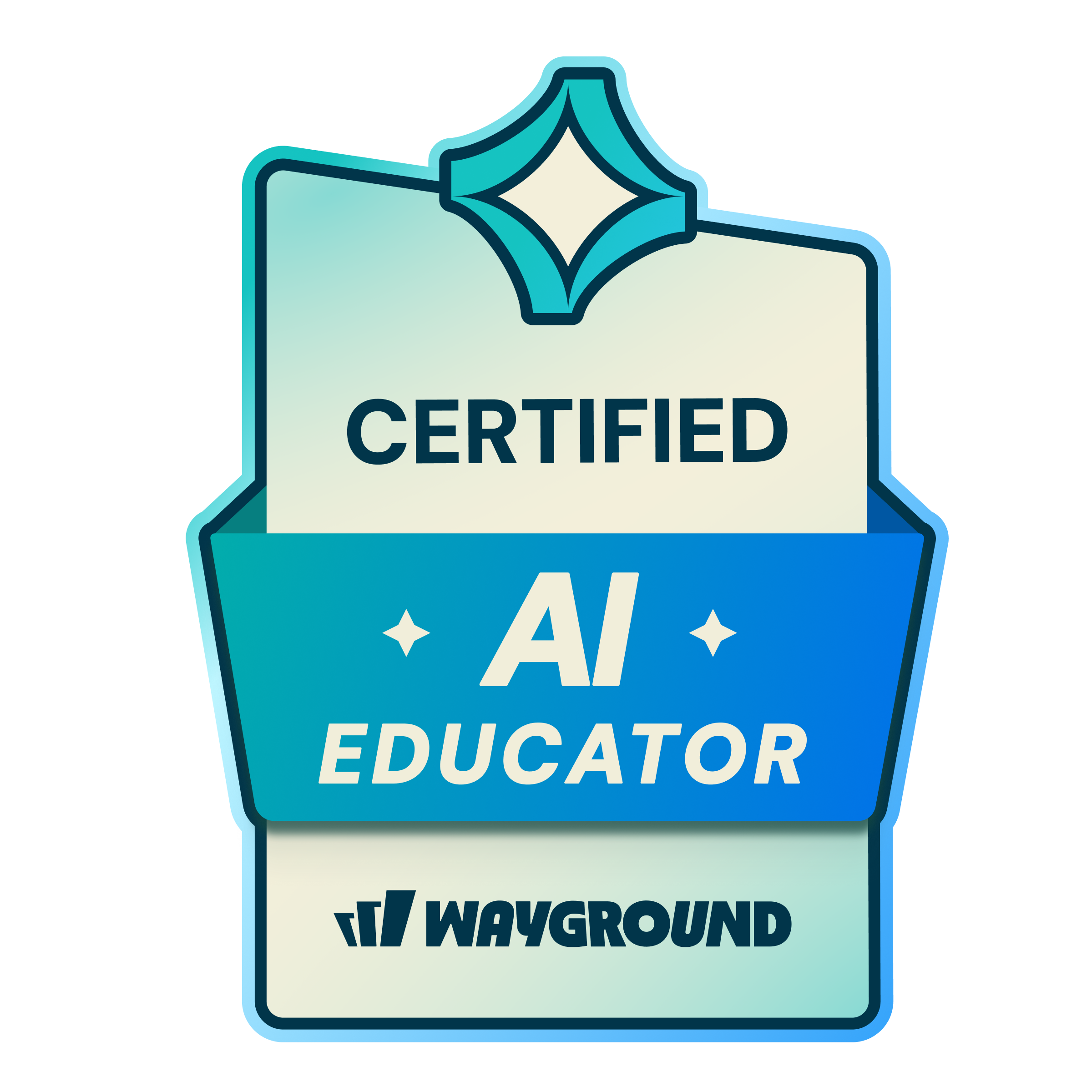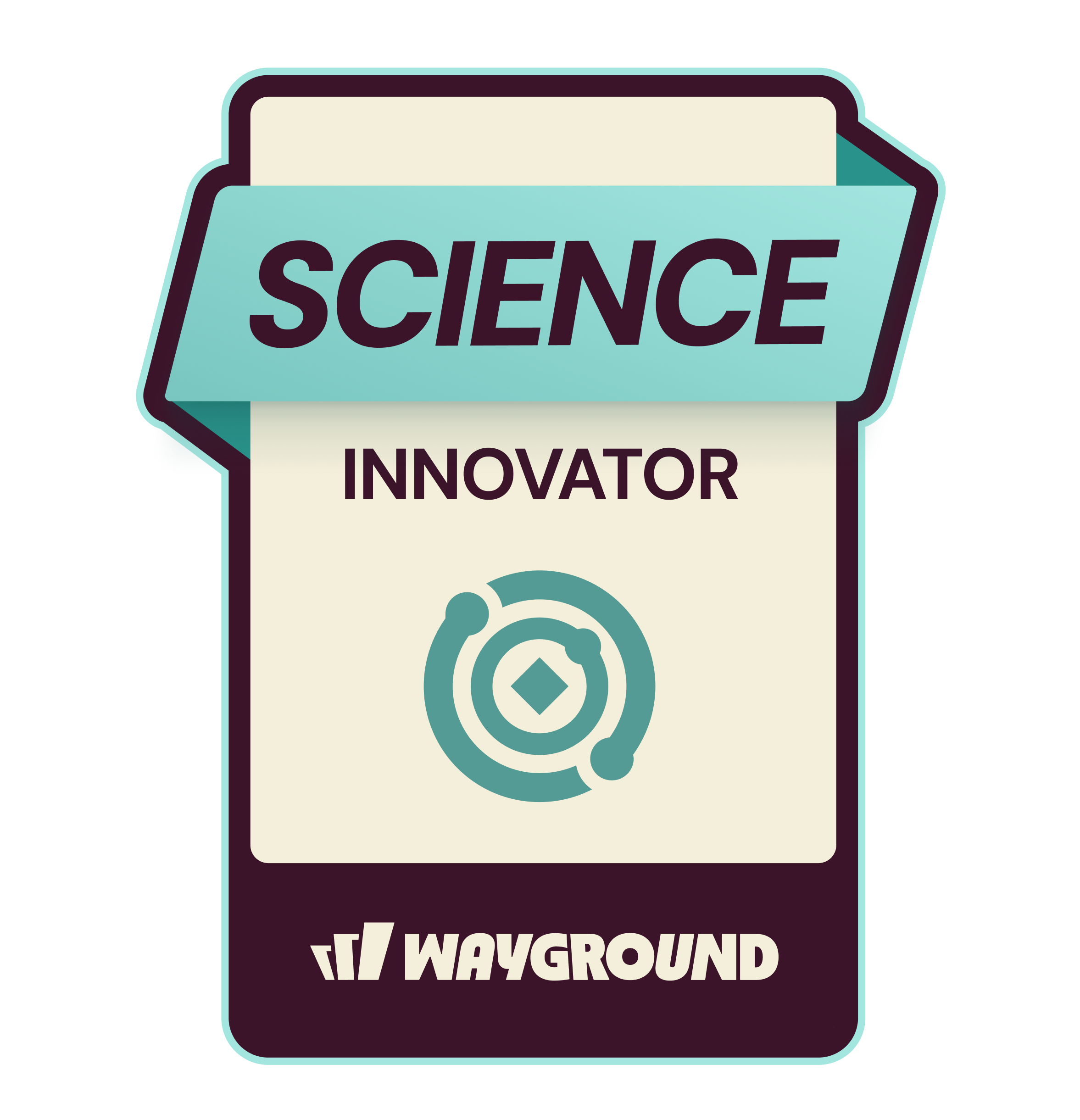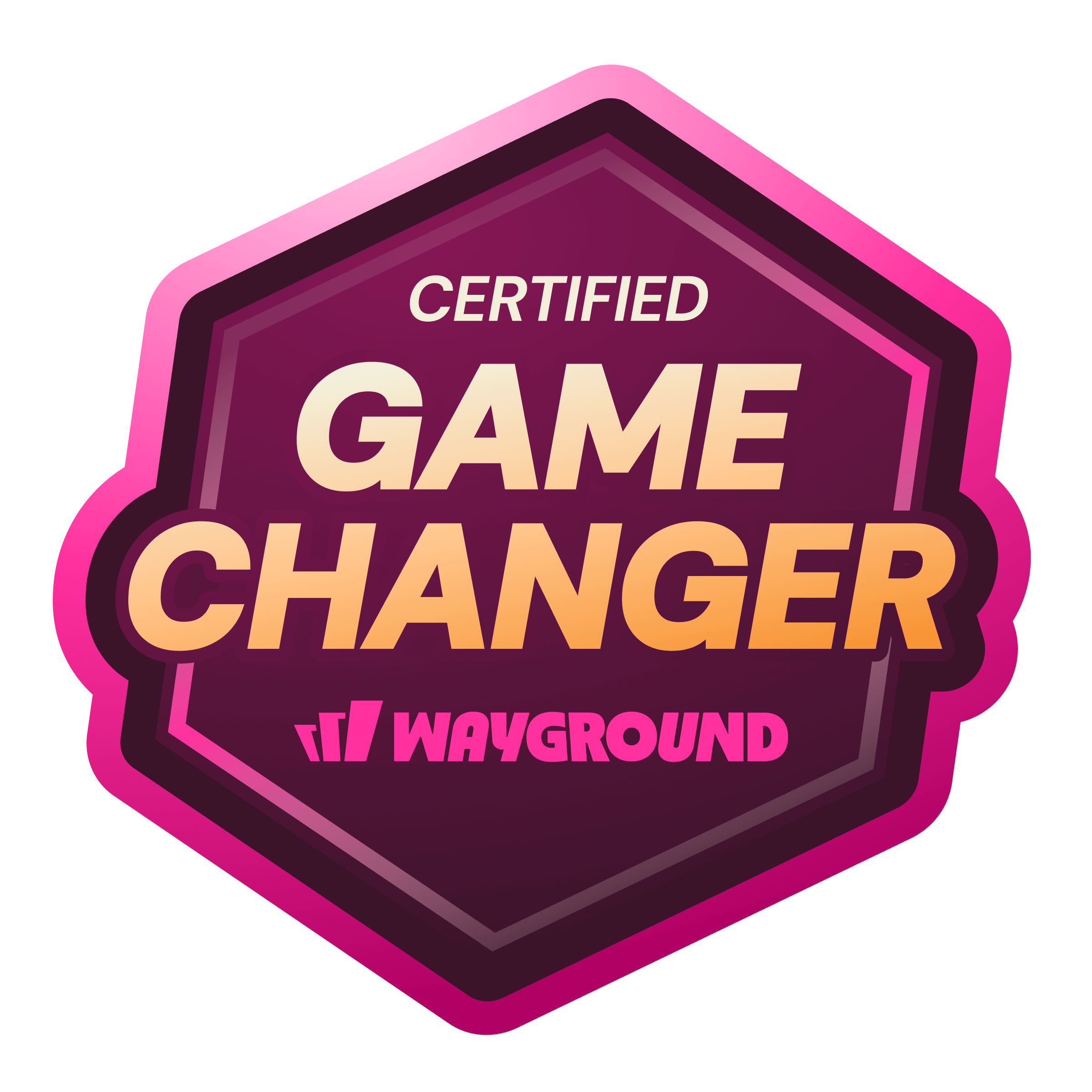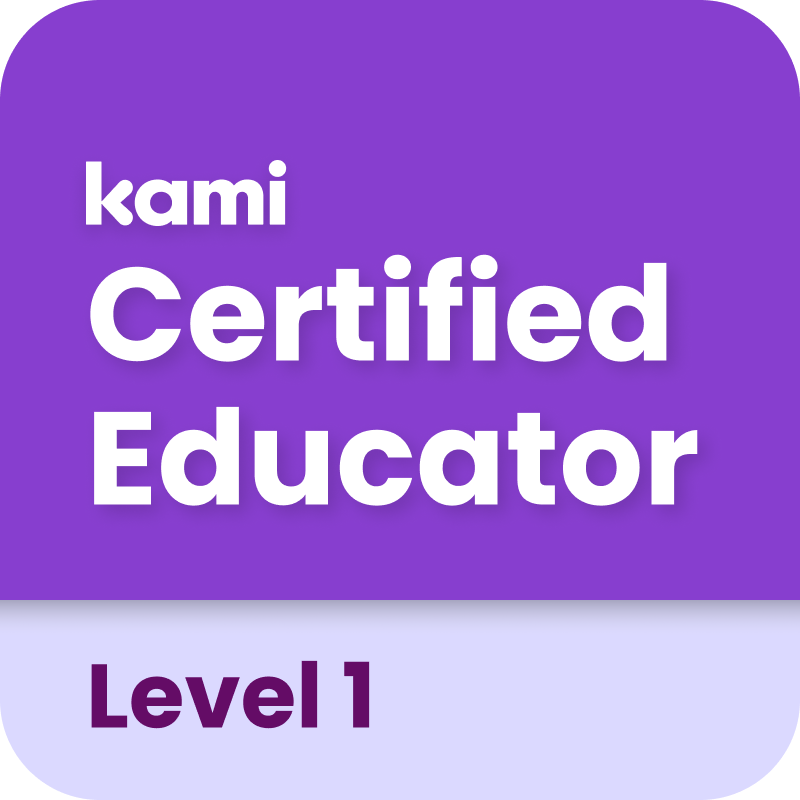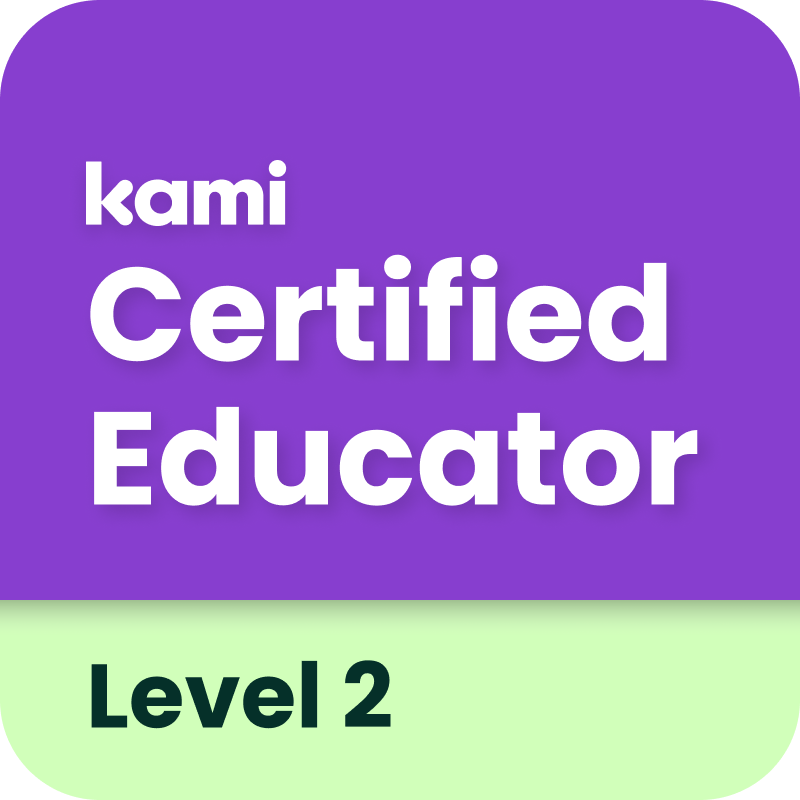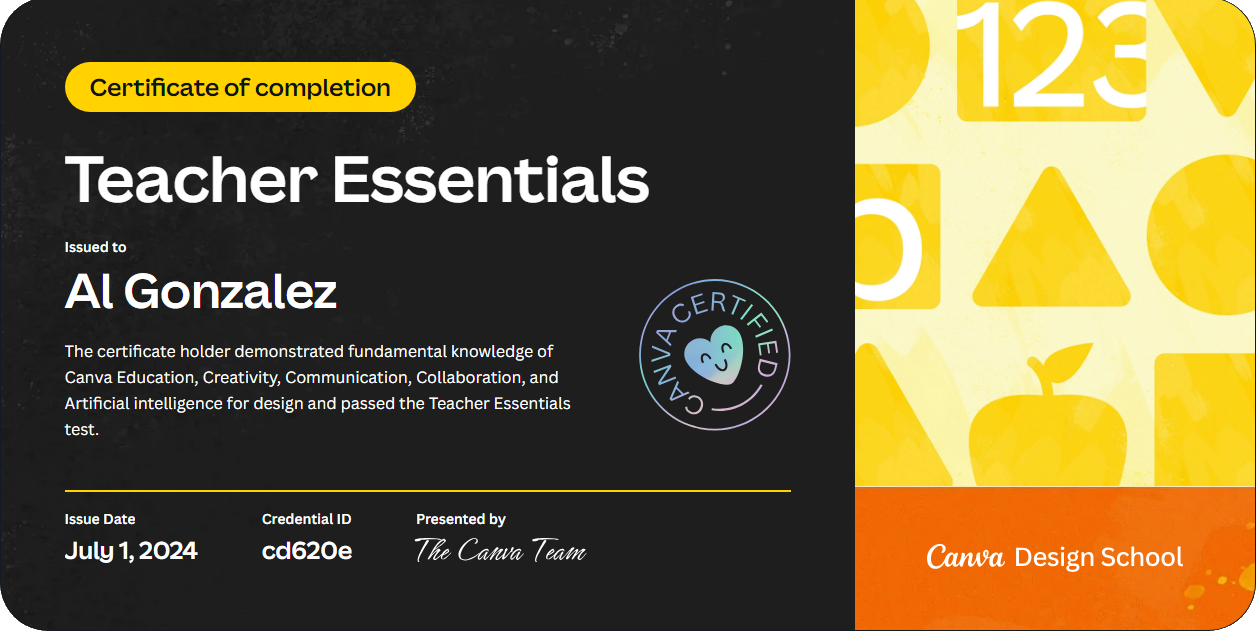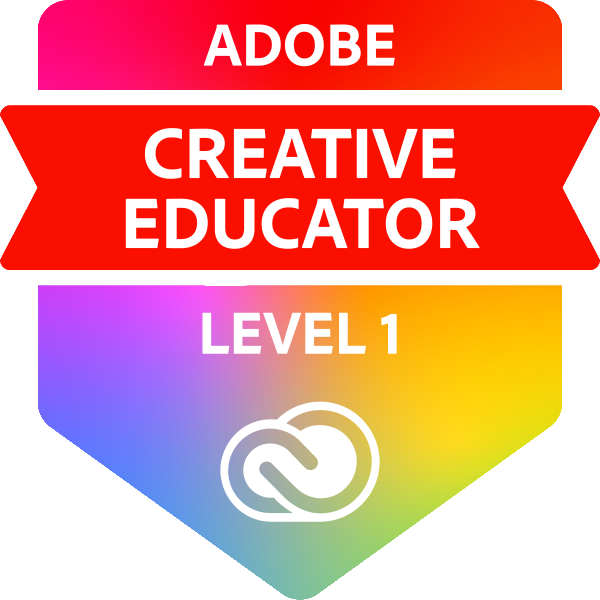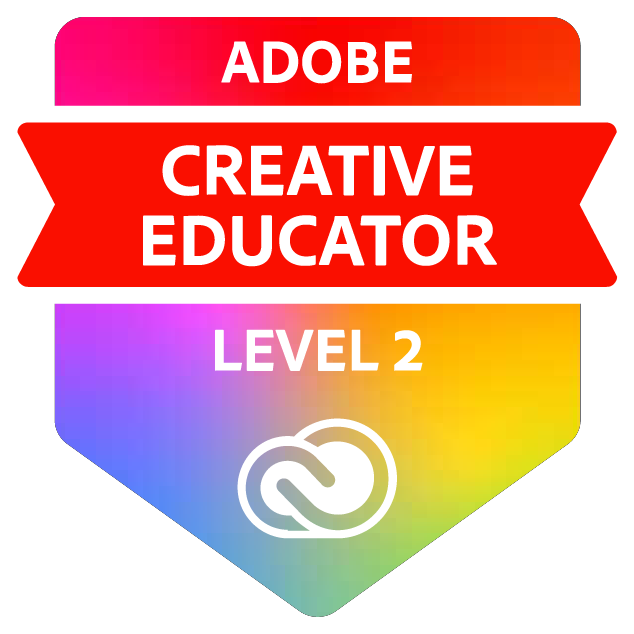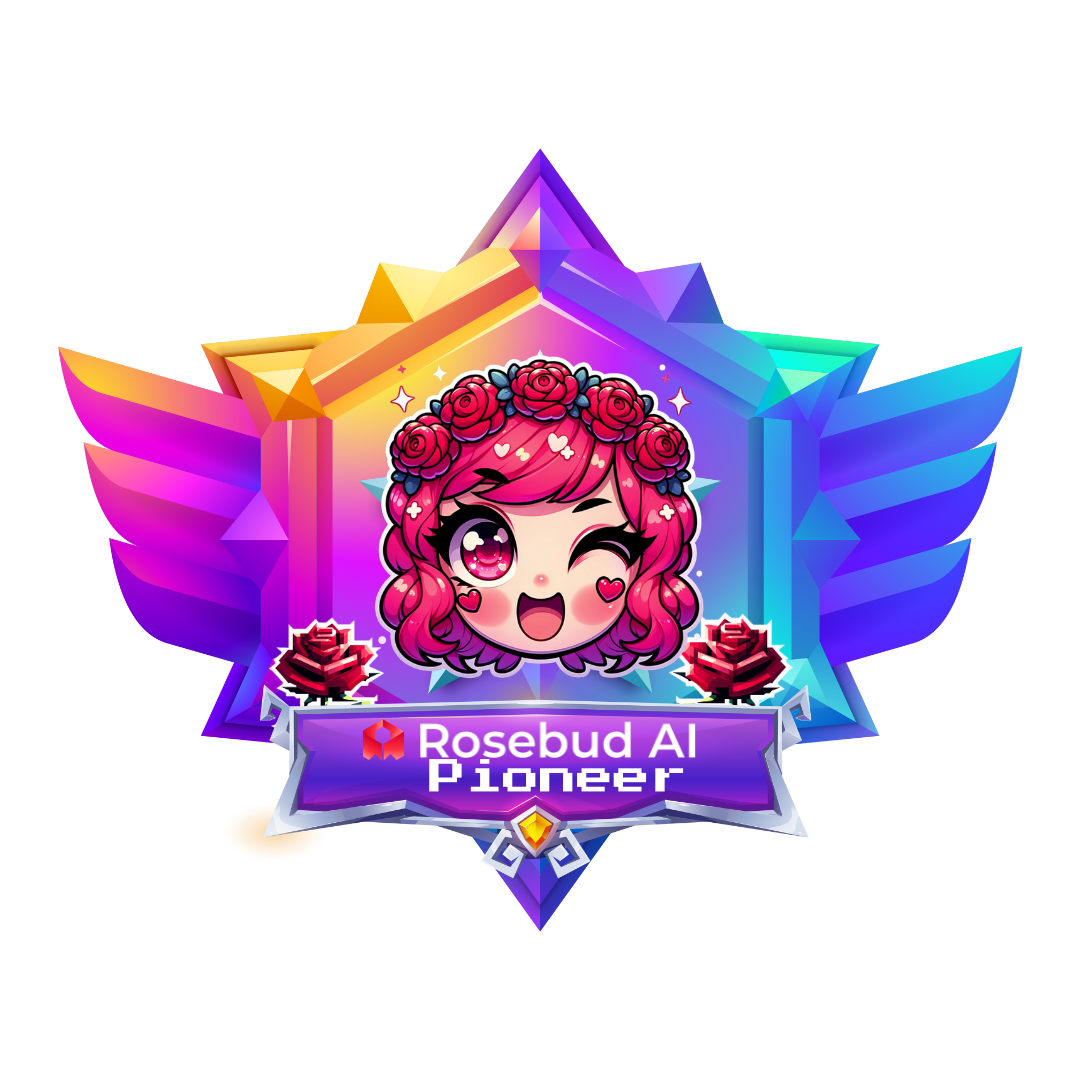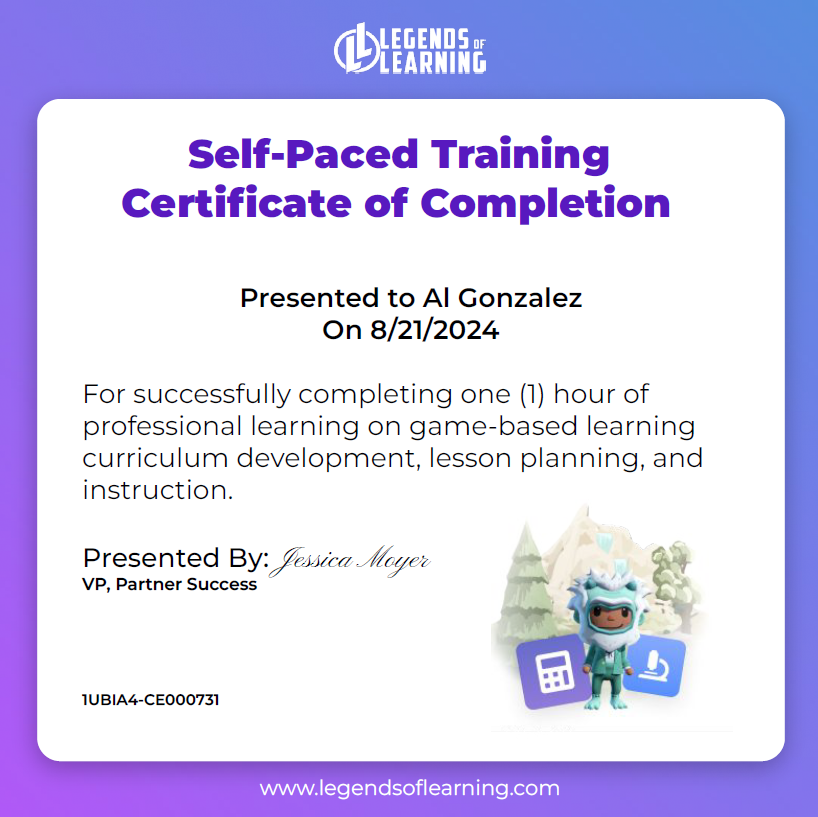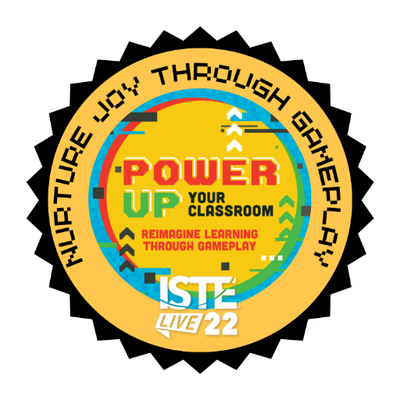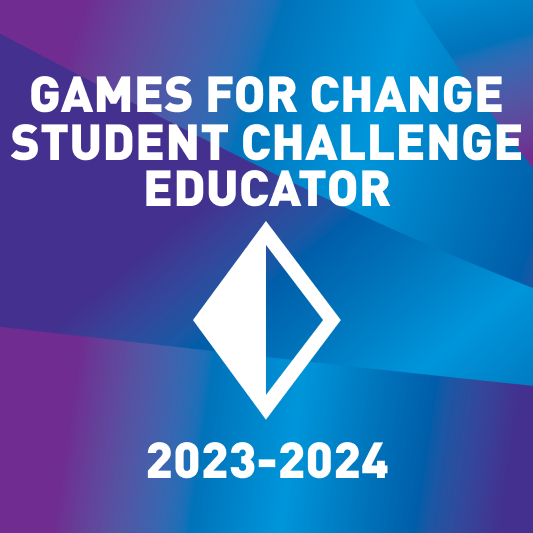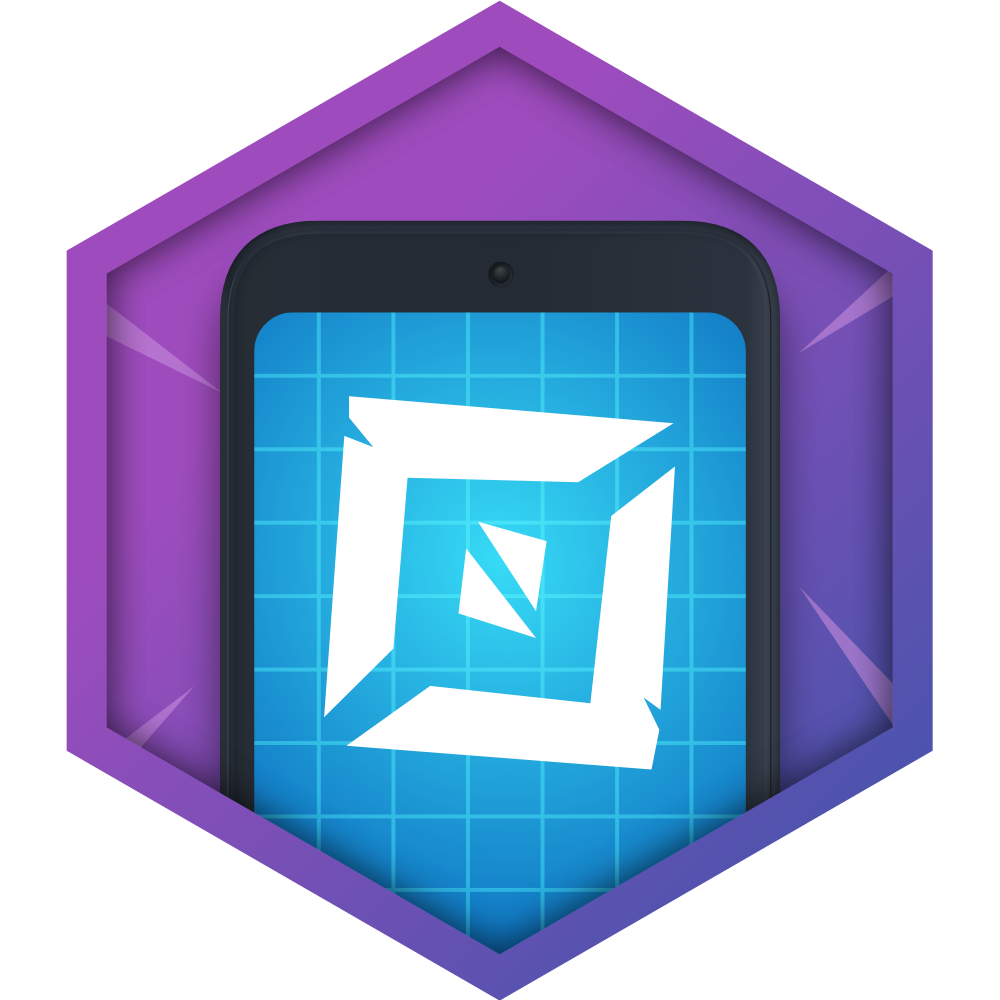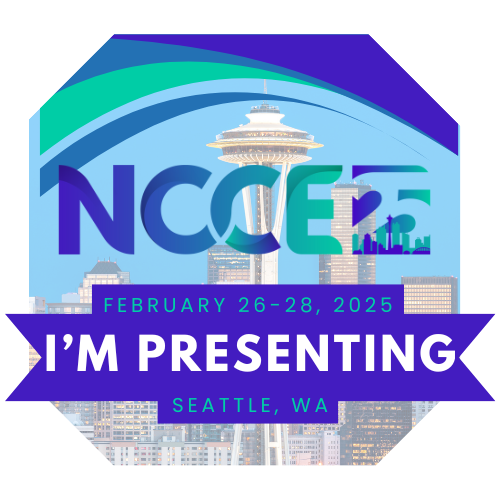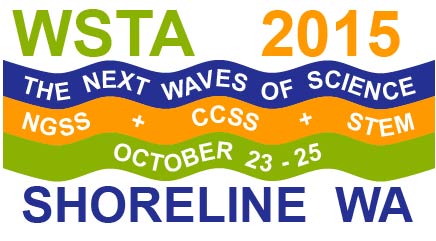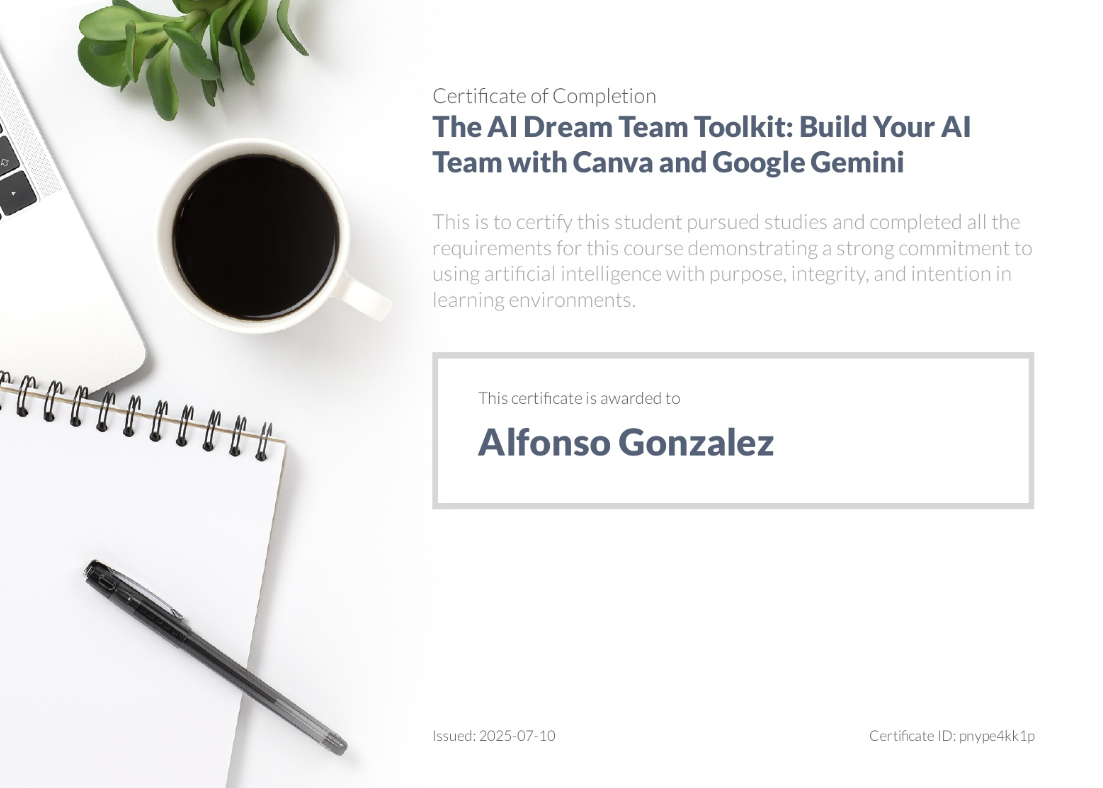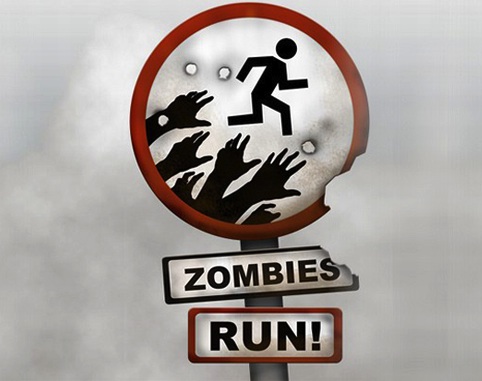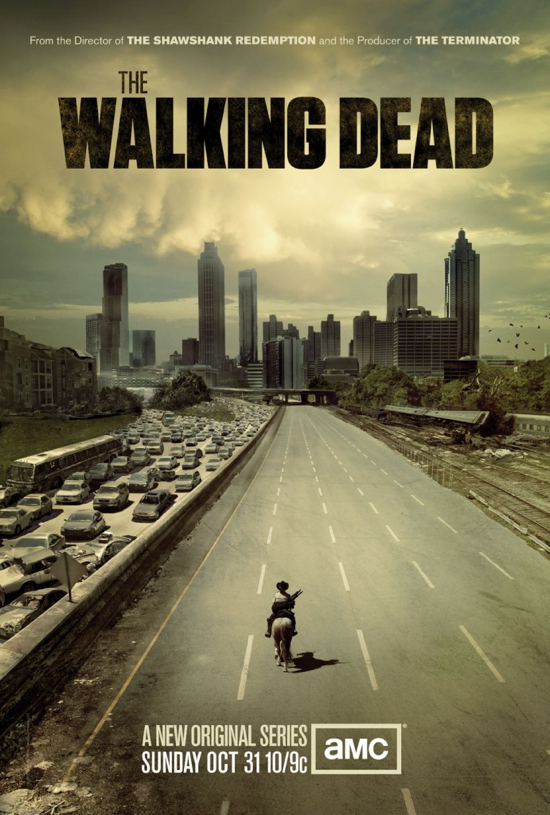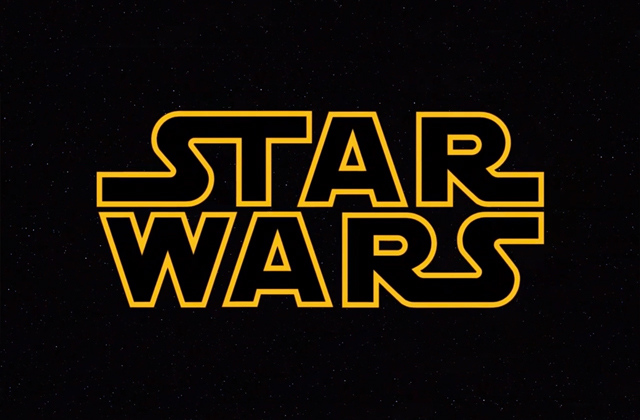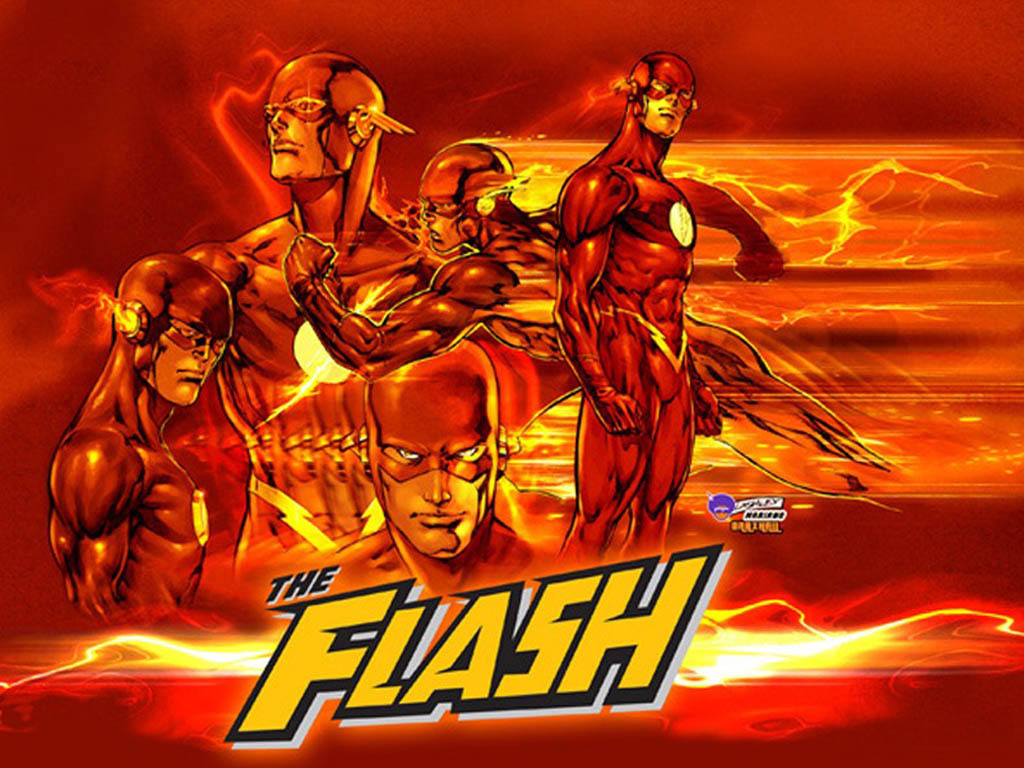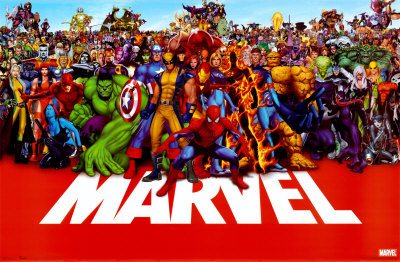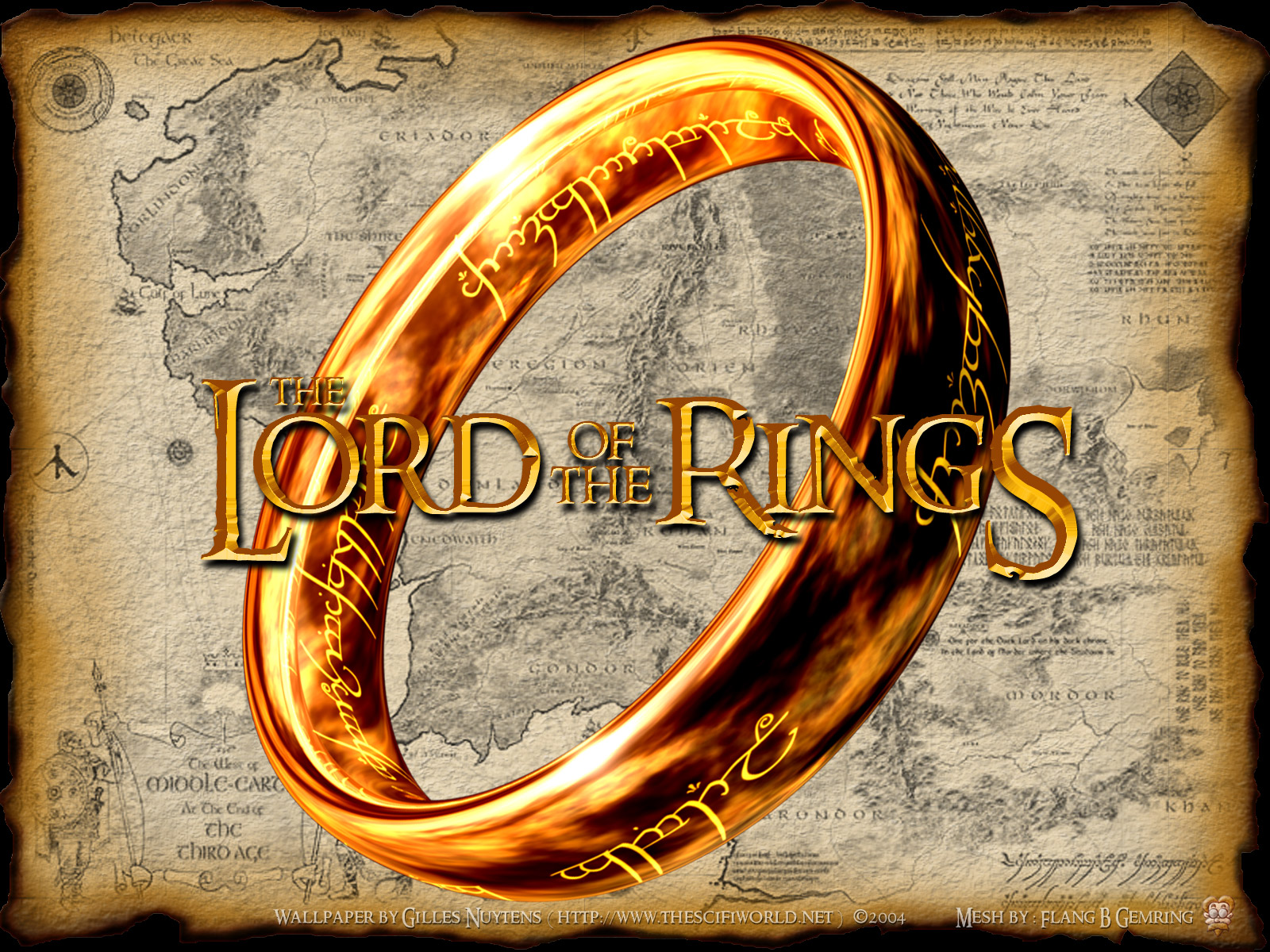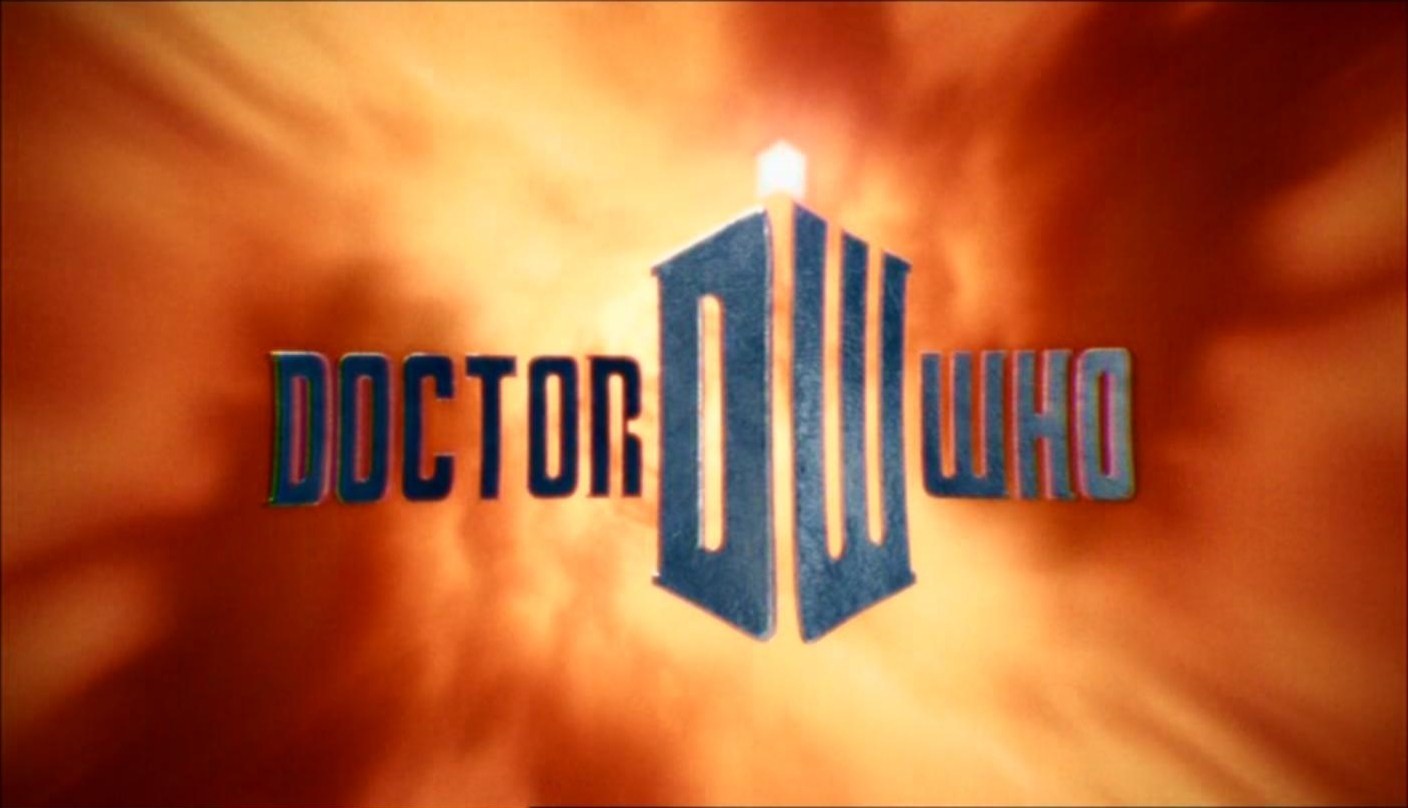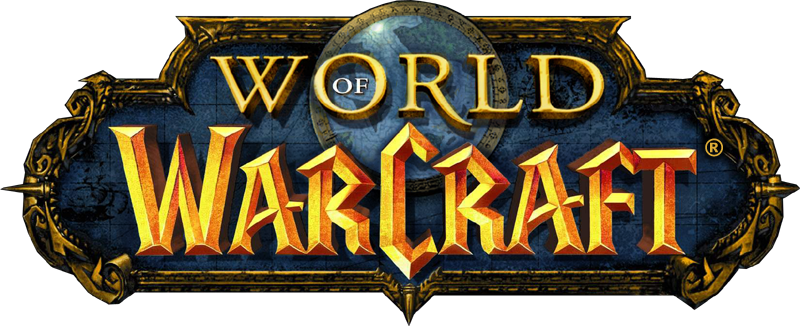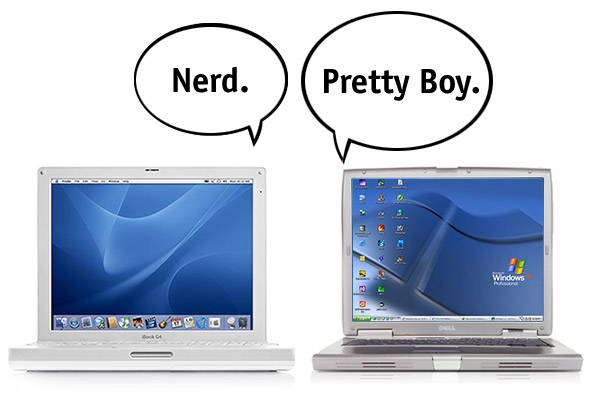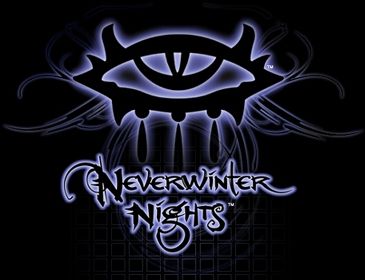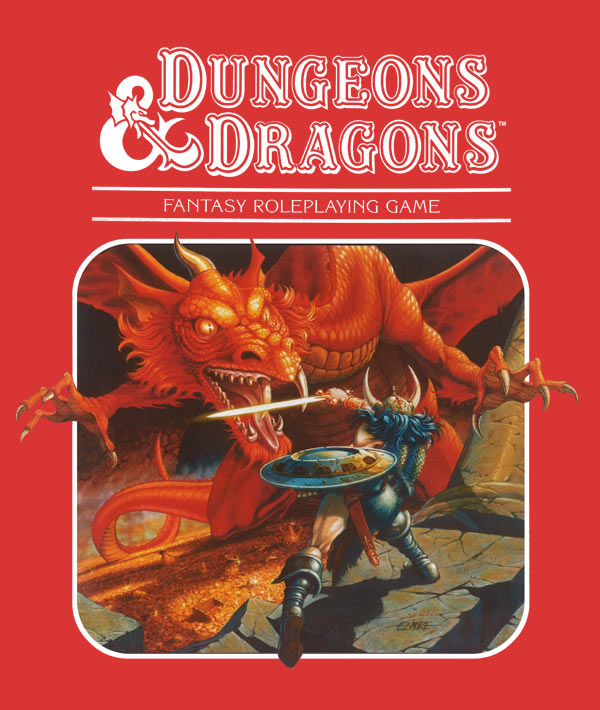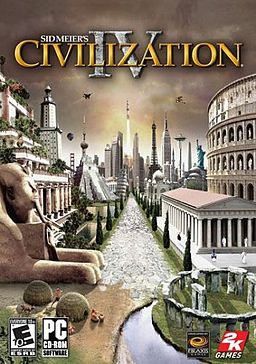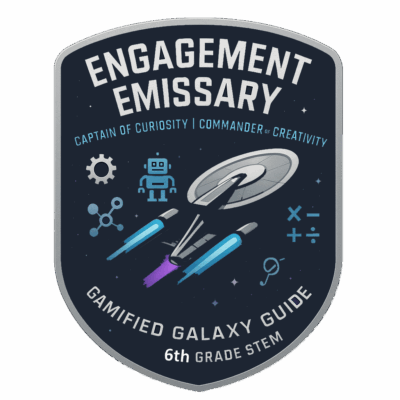
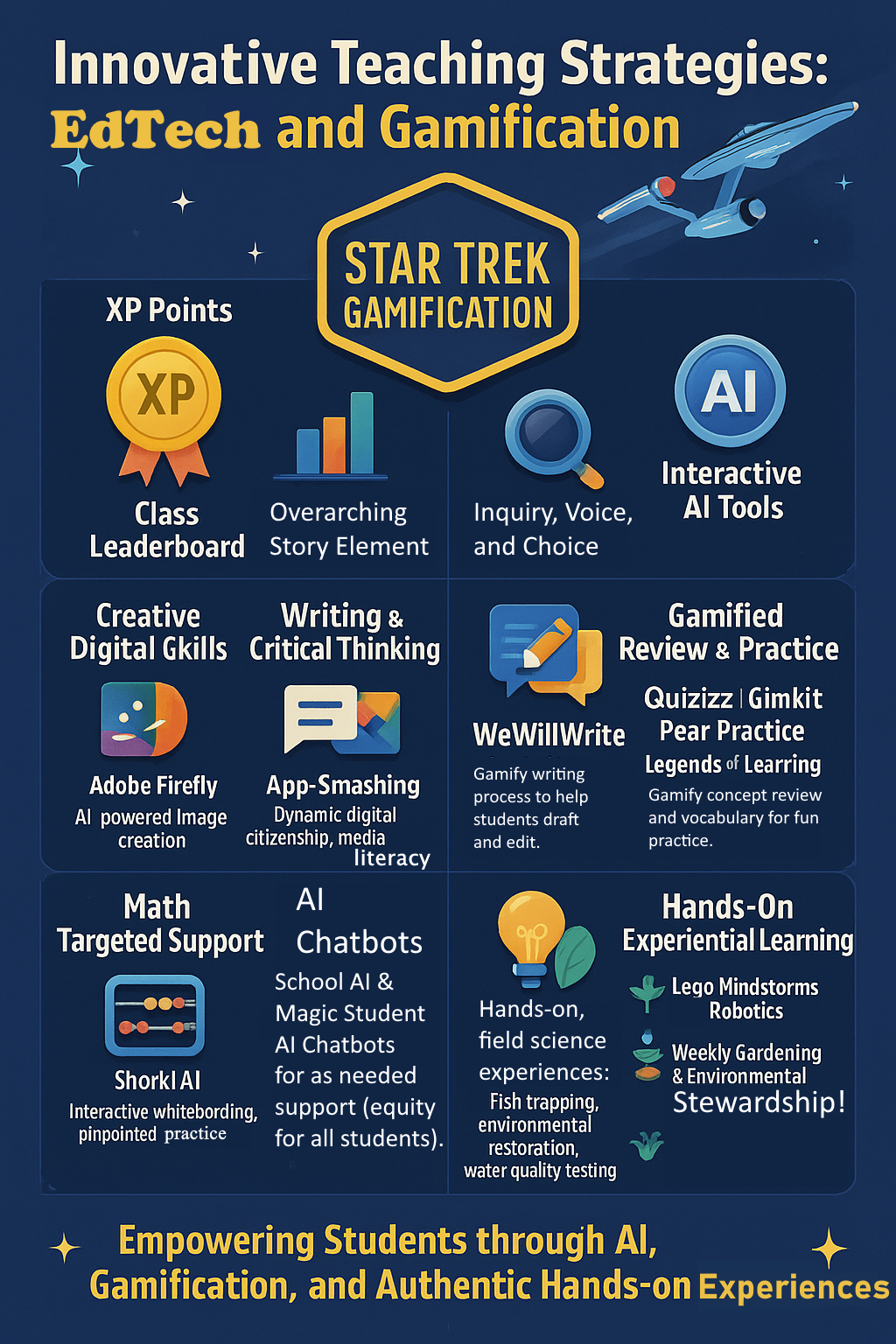
Disclaimer: I am NOT posting this as a recommendation or even as a suggestion of what tools any other teacher should use or how often they should use them.
This is just what I use and how frequently I use them and I decided to post this because in just about every workshop I facilitate I get asked what I use and how often do I use it. If this is helpful, great! If you’re just curious and have your system down pat, maybe you can still enjoy this post.
Writing this was very helpful because I really had to reflect and think about what my students and I use and how often, so it was a good exercise for me.
Gamification Year-Long
My overarching year-long theme is my Star Trek gamification story, One of the gamification elements I use is giving students XP for work and activities they complete. The XP is for them to see their progress often on a class leaderboard and to keep track of their levels as they level up in Starfleet ranks (I would like to improve the system and add badging to engage even more students in the course and game story).
Note: XP is purely for fun and is NOT tied to grades. Teachers can use XP for grading purposes as long as the XP is for academic purposes only and does not include giving points for non-academic things kids do throughout the day.
[Addendum: just for fun, I have been playing with Suno AI to generate music for my students. I have been starting class with music for many years now and AI generates amazing music! I have also been trying out Rosebud AI to create games! You have got to try it out!]
Daily Use
Assignments and resources are all shared through Google Classroom (GC) so we use and access GC every day of the school year. Before Classcraft was taken down I used Classcraft in place of GC and I miss it because Classcraft SO MUCH FUN for students and for me!
As needed for me, which means weekly if not daily sometimes:
If I need help summarizing long text, or want to get ideas and discuss something that I’m learning or curious about, or want ideas for differentiation or follow-up, or want to analyze student data, or just about anything that involves more conversation than just a Google search, I will use a Large Language Model (LLM). I pay monthly for ChatGPT Plus so I always start there. I often also check Perplexity, especially when I want sources. If I need a third opinion because I don’t necessarily like what I see on ChatGPT or Perplexity, I will try out Claude. Sometimes, but not very often, I will go straight to MagicSchool AI because of the specific teacher tools it has. It is especially helpful when I’m not sure what tool or chatbot I actually need. I also use the LLM’s to help me write better prompts for each other.
I’ve also been playing around with Gemini Studio and CoPilot Studio mostly to try out their agentic capabilities. I have not found an LLM that makes creating an agent easy and quick. The few I’ve tried require so much what I can only describe as coding that I stop after a while. I’m waiting until they are quick and easy.
I’ve also tried out Notebook LM and even though I don’t use it much because I don’t make study guides for my 6th graders because they don’t do homework and our class time is spent on other activities than studying in a traditional sense (see the Gamified Quiz Practice section below).
[Note: I got to try out Colleague AI at this year’s NCCE Conference and I’m excited to possibly use it next year. Maybe. I’m excited and overwhelmed because one more tool just might be the one that breaks this camel’s back! LOL]
Several times per year for student learning and engagement:
I use Curipod three to five times a year, depending on need, for mini-lessons that engage kids in learning, reviewing, and getting AI feedback on specific content. This resembles direct teaching and is part of a workshop teaching model where content lessons are short and more class time is devoted to students working, sometimes independently, sometimes collaboratively in their small groups. This can be stand-alone, one-time lessons, part of a unit, or part of a project.
Also for student engagement:
I also have several lessons on Pear Deck, which I used about as often as I currently use Curipod. I still use Pear Deck but now only once or twice a year.
[Note: I have tried Kami and it is a great tool that I just don’t use as often as I’d like.]
AI for Regular Reflection!
More regularly, after Math quizzes and end of unit assessments, I have students reflect using Mirror Talk AI. Students use their reflections to figure out what they still need to learn and share that on their Google Sites eportfolios written reflections (check out our 24-25 6th grade eportfolios). For the first semester we completed four full units of Desmos 6th grade Math so that means that we used MirrorTalk eight times, once for each mid-unit quiz and once for each end of unit assessment. And now that MirrorTalk’s device has been upgraded to a co-teacher, M2, I am going to be using it more regularly myself. Especially since I got two grants to purchase one for my building!
AI Chatbots as Needed
I generate/create AI chatbots by using School AI Spaces for Science lessons as Science supports for kids as needed for each unit and Magic School AI’s Magic Student Rooms for Math support as needed by unit. I have chatbots for every unit of study that kids can use as tutors, to bounce ideas off, to help them understand text that is too complex, and to help with any writing they need to do. AI use is dictated by the Classroom AI Policy we all develop together at the beginning of every school year.
Image Generation and Search
Students have access to Adobe Firefly to generate images as needed in addition to learning how to search and find creative commons images using Google image search. We practice determining when a Google search is warranted versus when an AI chatbot conversation is more helpful. Students also learn how to search laterally to ensure they are critically reading resources, including AI generated support, to verify the facts they find. True detective work!
Inspect Student Writing INSTEAD of AI Detectors
I use Brisk AI‘s inspect writing feature as needed to make sure students are doing more of the work in written pieces than AI (I fully support WA state’s AI guideline of H-AI-H, where AI use is sandwiched in the HUMAN). Watch this video to see Brisk AI’s inspect writing feature (the whole video is worth watching but the link here will take jump you six minutes in to the section on the inspect writing feature).
Great AI Whiteboarding Tool
I also make use of Snorkl AI when I see that students need more targeted practice with Math problems, such as when a problem is missed by many students. Snorkl is great for whiteboarding and getting AI feedback using a four point scale that my students are used to. Our school is standards-based so we grade on a four-point rubric and our 6th grade Desmos Math curriculum also scores using a four-point rubric. I do have to also share Markify, another really good whiteboarding tool that was easy to use and kids enjoyed and is easy for me to access quickly and easily.
[Note: I did try Figma’s Figjam and struggled with it because I didn’t practice or watch any tutorials beforehand. I have not used it since, especially since with my first class a student deleted the entire board and must have done it completely unwittingly because no one could undo the deletion! By the second class I tried a different way to sharing the Figjam with them so they could not delete but it took me a while to figure it out.]
[Note #2: I also have to mention that I have a small collection of Wakelets that I share with students and I use a free Padlet account, which only gives me three Padlets, which is why I don’t use it very much.]
Students Creating – Evidence of Learning
I make use of Book Creator and Canva two to three times a year to design evidence of learning books that students can create/work in to make beautiful products that showcase and highlight their learning, and as an app smash with Canva, School AI, and other tools.
Game-Based Learning & 3D Virtual Environments
In addition, we make use a few times a year of Minecraft Education to learn specific skills such as coding and fact checking but we also practice building 3D virtual elements on Minecraft Education such as our Peace with Nature project where teams come up with innovative and sustainable solutions to existing environmental problems and build their solution ideas in Minecraft Education!
Gamified Quiz Practice
For practice and fun to review concepts and vocabulary I make use of Quizizz, Gimkit, and Pear Practice plus Legends of Learning games. Those are amazing tools that students LOVE and give them time to learn and commit to memorizing our standards in a way that is fun and highly engaging. Whenever students need a brain break or if I need to do something to give students extra XP, “playing” games like these gives students a super fun way to review and practice!
Gamified Writing Process
Another gamified experience I am going to try this year to see how students respond to it is WeWillWrite (learn more about it here). It turns the writing process into an immersive experience where students can read each other’s drafts and vote on the best ones as they edit their writing!
Managing All Students on Screens
When I’m using Desmos, the Math lessons are all online. The Desmos teacher dashboard is the BEST at managing students while they are working so that I can provide immediate feedback to individual students, small groups who are not quite getting it yet, and whole class instruction where needed. To help me I also use Blocksi, which allows me to see all my students’ screens on one webpage so that I can quickly scan to make sure everyone is on task.
Balance Screen Time with Hands-On
To balance all the EdTech and AI work that puts students on screens, whether using screens individually or collaboratively within their small groups, we also have a variety of hands-on, experiential activities that students engage in regularly.
Robotics, Programming, and Engineering
As part of our robotics work with the Lego Mindstorms EV3’s, students design, build, and program robots to complete tasks and solve problems. Our Robotics Unit goes from October to February every year. As part of our robotics unit students also get to design items on Tinkercad that we print on our class 3D printers!
[Note: I have six Merge Cubes that I’ve been wanting to use for the longest time. I have been looking for an opportunity, and the time, to use DelightX (formerly, CoSpaces) to have kids create 3D AR designs that they can they view and manipulate on the Merge Cubes!]
Amazing Garden Program
We also have a vibrant garden program with expert farmers so our students are working and learning in our school gardens once a week, every week of the school year. We are a rural community after all.
Environmental Science
As part of our Ocean Guardian School’s Environmental Stewardship Project students also do fish trapping every fall from October to December to identify and count our creek fish to track and share the data with our conservation district.
Habitat Restoration
In the spring students engage in restoration work along our neighborhood creek as part of our partnership with our local North Olympic Salmon Coalition and the Finnriver Farms. Students pot native vegetation for later planting as well as plant native shrubs and vegetation along riparian zones of Chimacum Creek. Students also help remove invasive weeds.
Water Quality
In April and May students also visit our creek again to conduct water quality testing, which 6th graders have been doing since 2002 so we have data going back all the way to 2002!
Blended Learning for Balance
Having a truly blended learning classroom that takes advantage of the best technology has to offer with the best face-to-face has to offer provides my students with a well-balanced experience in Math and Science!
This post was written entirely by me, the human. I did ask AI to re-write it a couple of times, but I used my original post and have been editing it several times because neither of the ChatGPT options felt like me.

